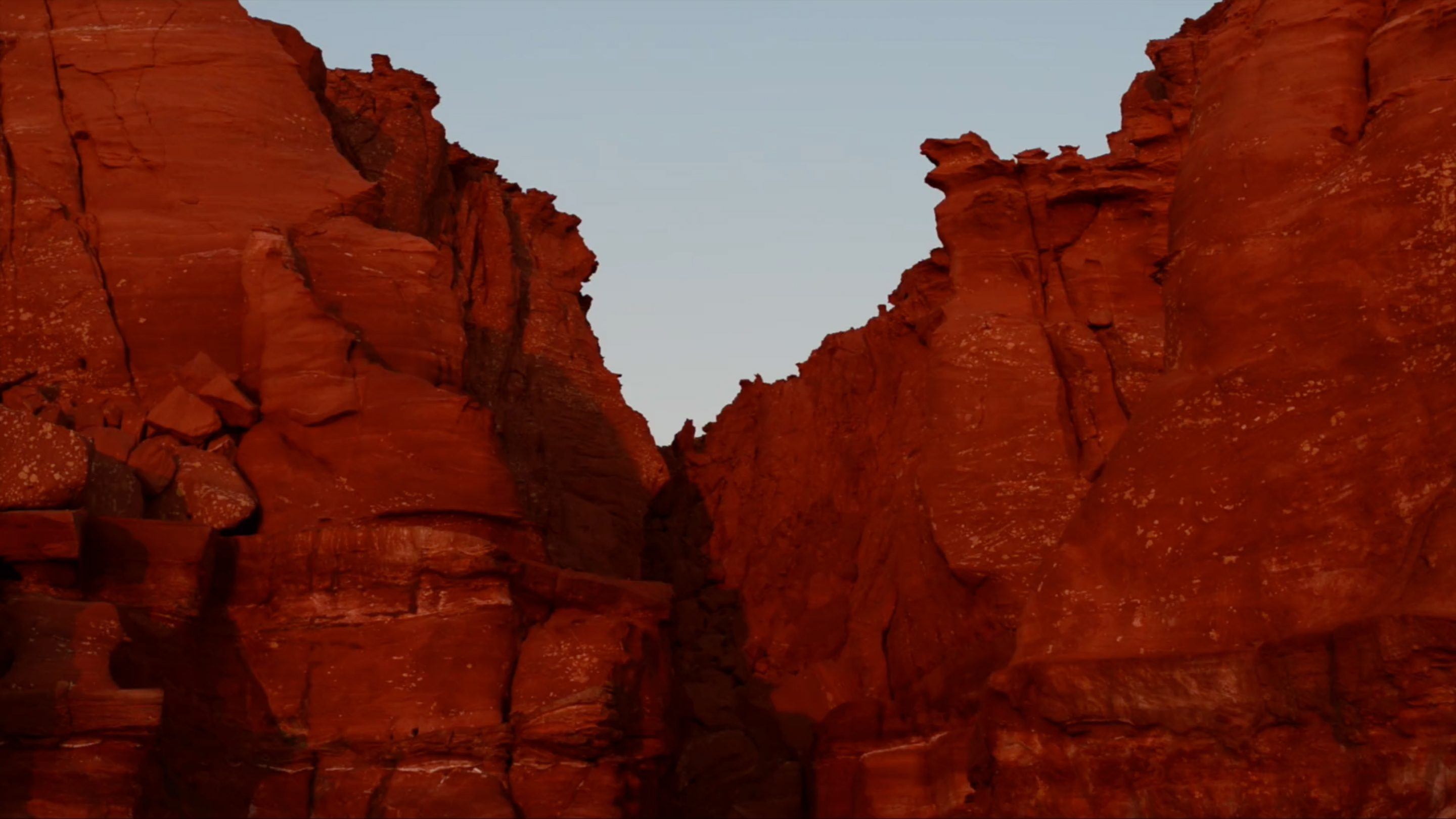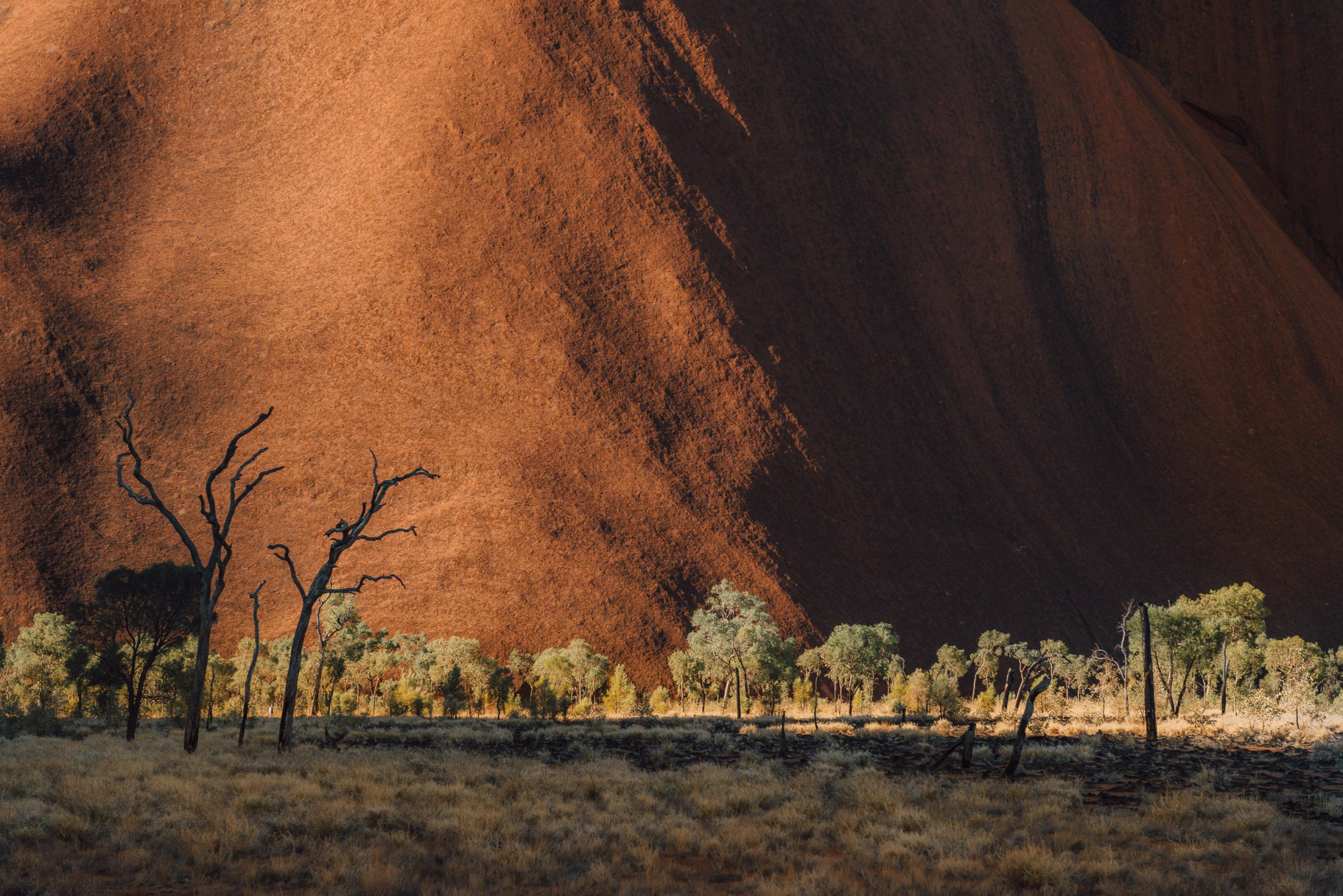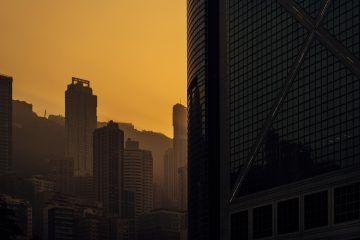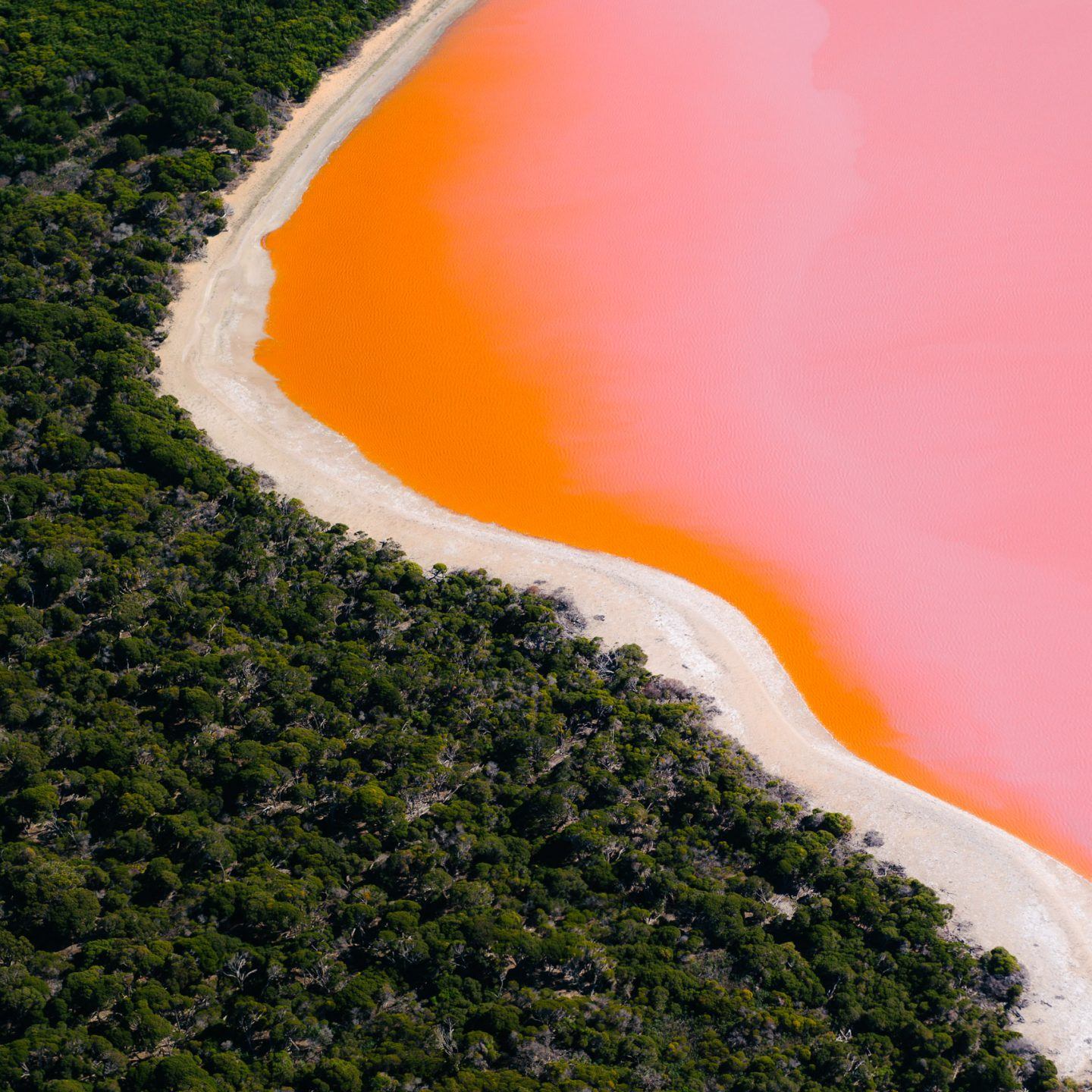
Daniel Müller Captures The Impossible Scale Of The Australian Landscape In A Series That Looks Beyond The Sublime
- Name
- Daniel Müller
- Project
- Strange Bloke
- Words
- Rosie Flanagan
In January this year, German photographer Daniel Müller left Berlin’s winter behind, embarking on a trip to Australia with his partner Elena. In the fittingly titled series ‘Strange Bloke’, Müller takes us from the suburbs of Sydney to the outback and Uluru in his documentation of this ancient land.
Müller’s photographs do much to express the vastness of the Australian landscape. From crowds of beachgoers and city streets to red earth and brilliantly hued bodies of water, ‘Strange Bloke’ offers a contemporary reading of the many faces of this island continent. “What struck me was the sheer scale of this country,” Müller tells us. “We did a month-long road trip from the most southern part of the west coast in Esperance, all the way up to Cape Leveque in the north, which was a distance of 5,600 kilometers… We compared the distance that we drove to an equivalent in Europe: it would’ve been the distance of driving from Lisbon, Portugal to Moscow, Russia and even further. I have never experienced anything comparable, you feel so small in relation to the landscape.”
“I have never experienced anything comparable, you feel so small in relation to the landscape.”
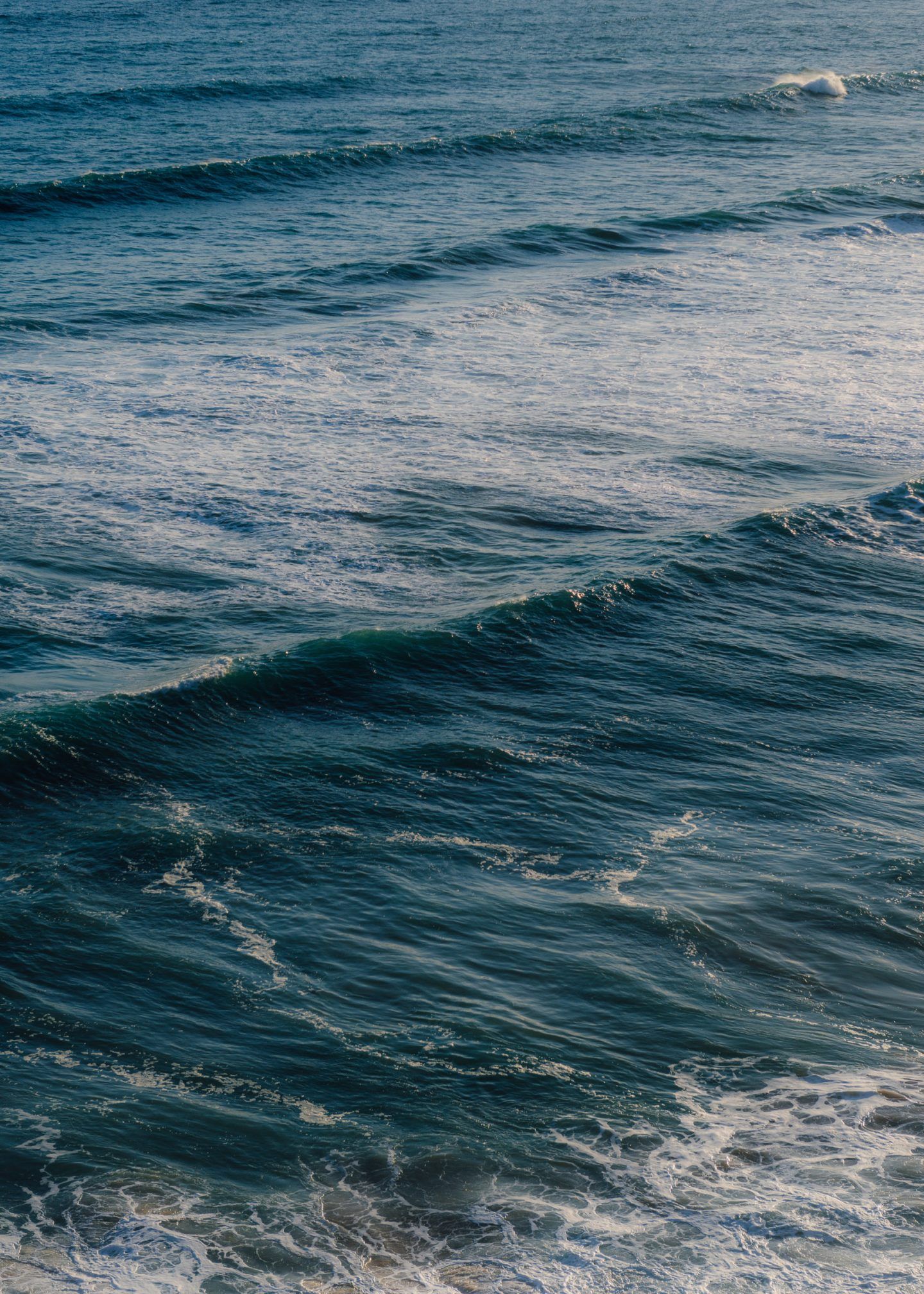
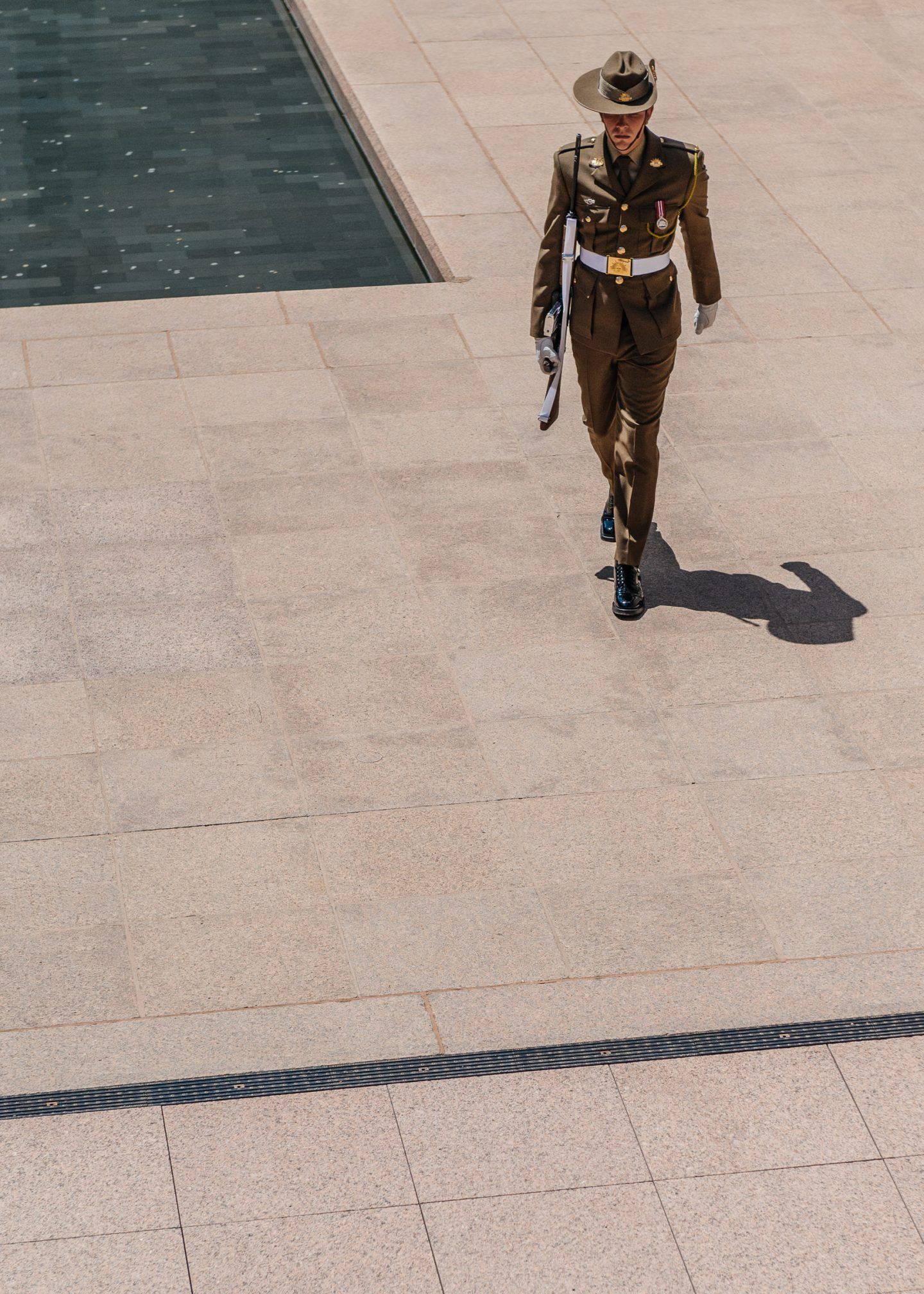
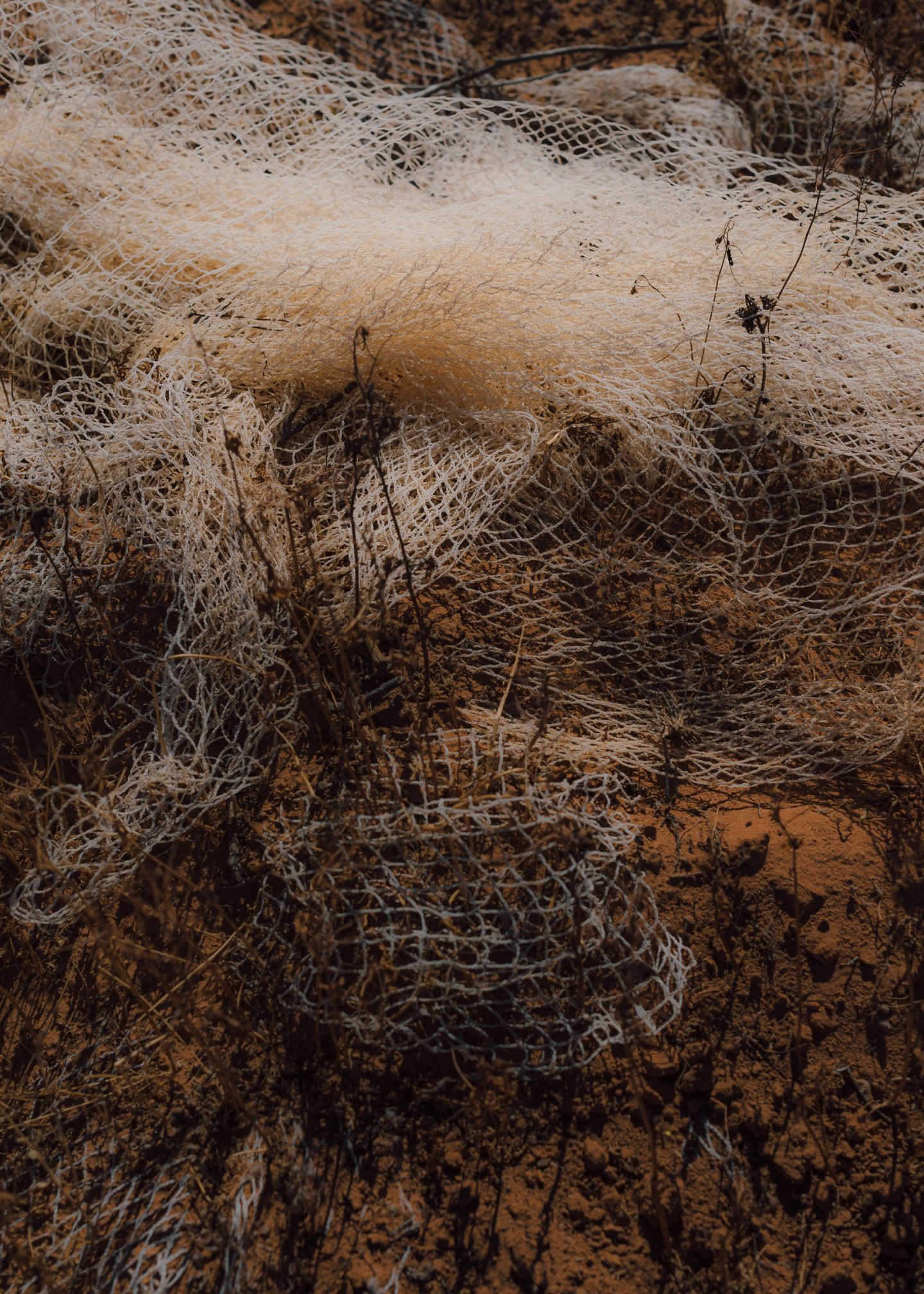
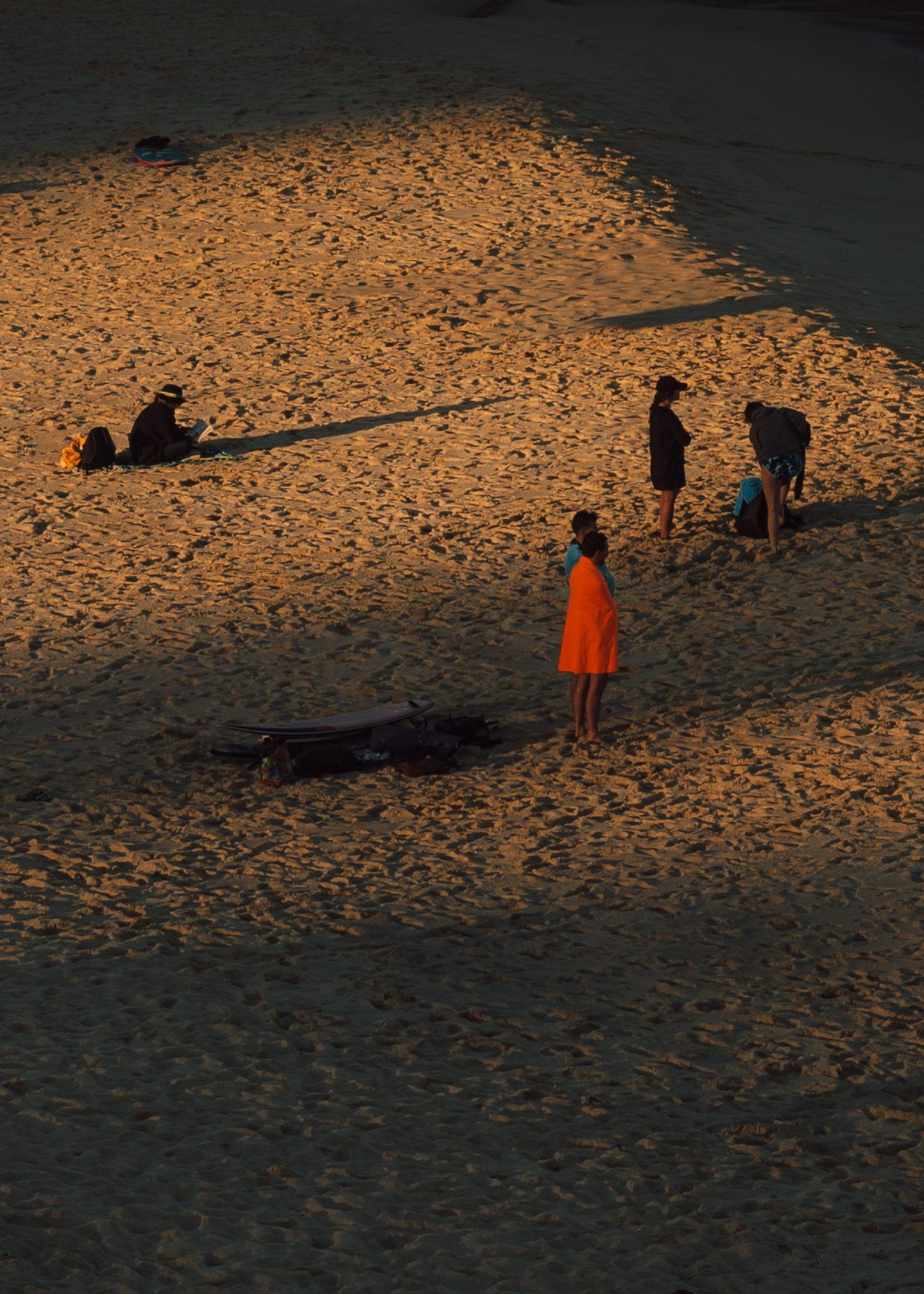
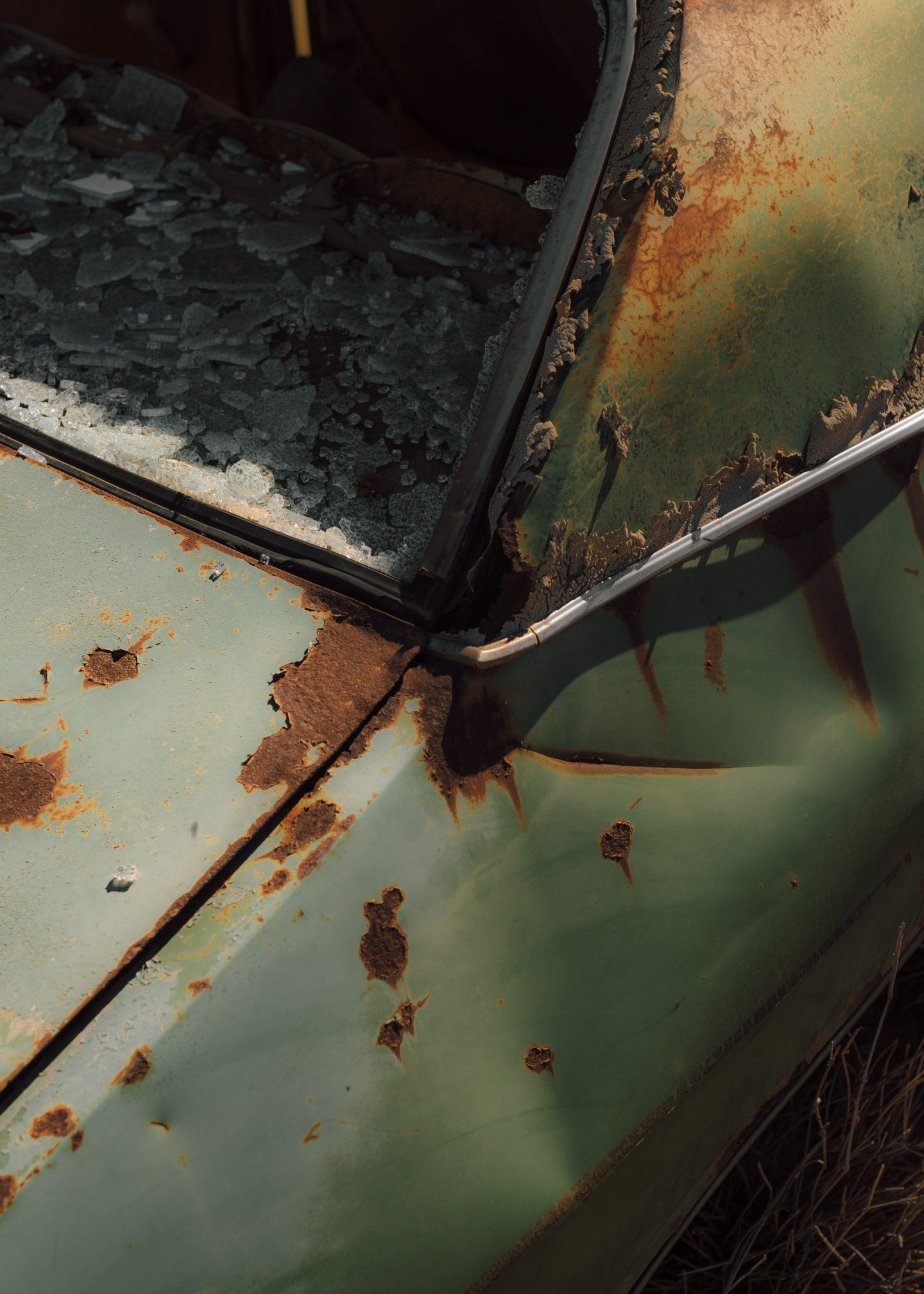
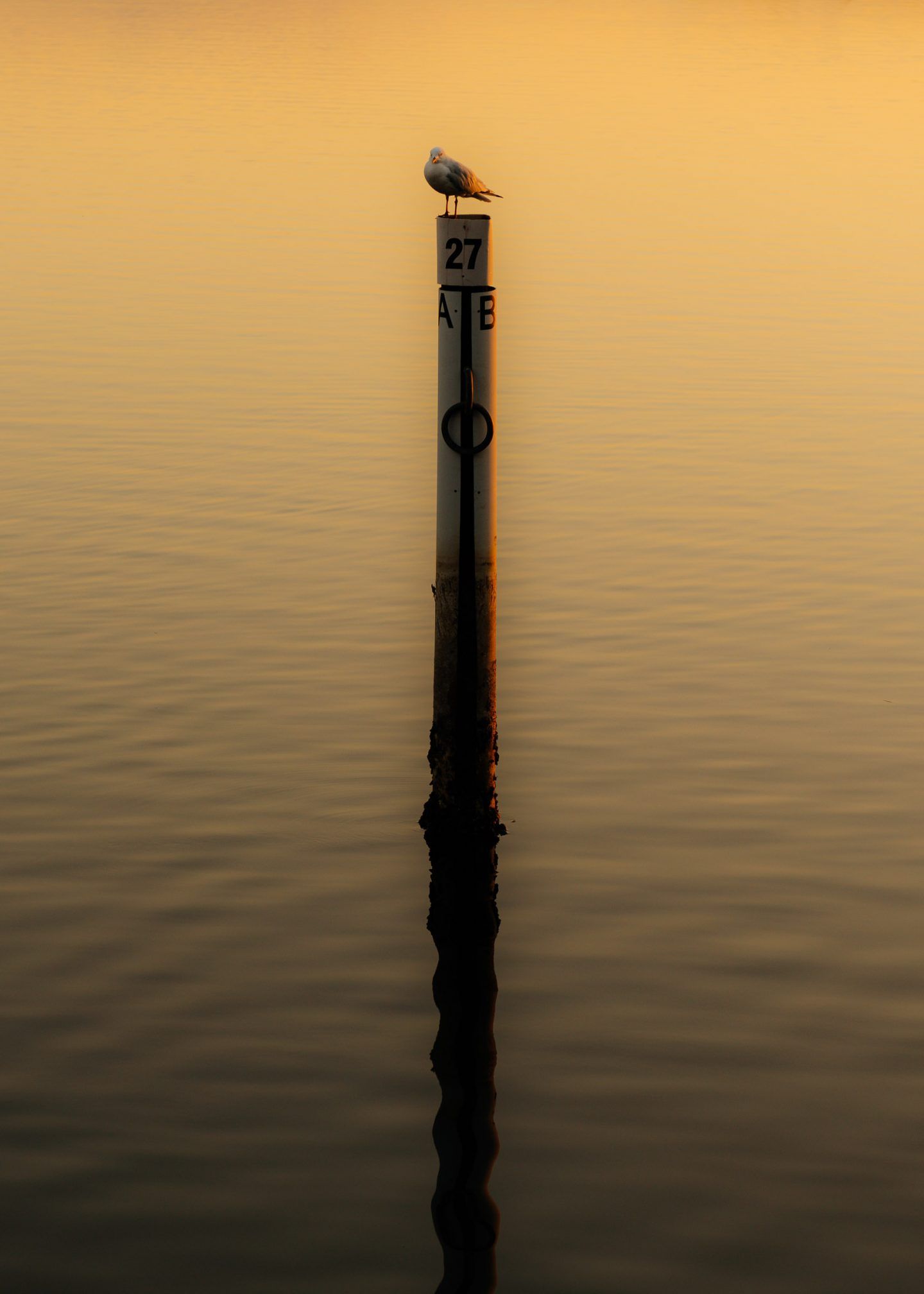
Having photographed Namibia, Iceland, Georgia, and Switzerland, Müller is no stranger to capturing the sublime; but in this series from Australia, his approach seems to have shifted. Rather than photograph the landscape at its most monumental, he isolates elements within it: the ocean’s tideline, details of palm fronds, power lines, and apartment rooftops. By capturing the country in this fragmented way, the intimacy of each frame is tempered by a sense of distance; in Müller’s photographs you sense the impossible scale of the landscape and the enormity of its history.
Being from Germany, a country that understands the necessity of acknowledging great wrongs, Müller was surprised by the way Australia appeared to ignore its own violent past. In conversation, he notes the scale of the colonial legacy in Australia, and the shadow it continues to cast: “It seems like indigenous people are still underrepresented and not well integrated into [white] Australian society, which is a real shame,” he says. “You’ll find a war memorial in every city celebrating the heroism of Australian soldiers in battles all over the world, and yet there isn’t a place that celebrates the indigenous people, or acknowledges what early settlers did to them.”
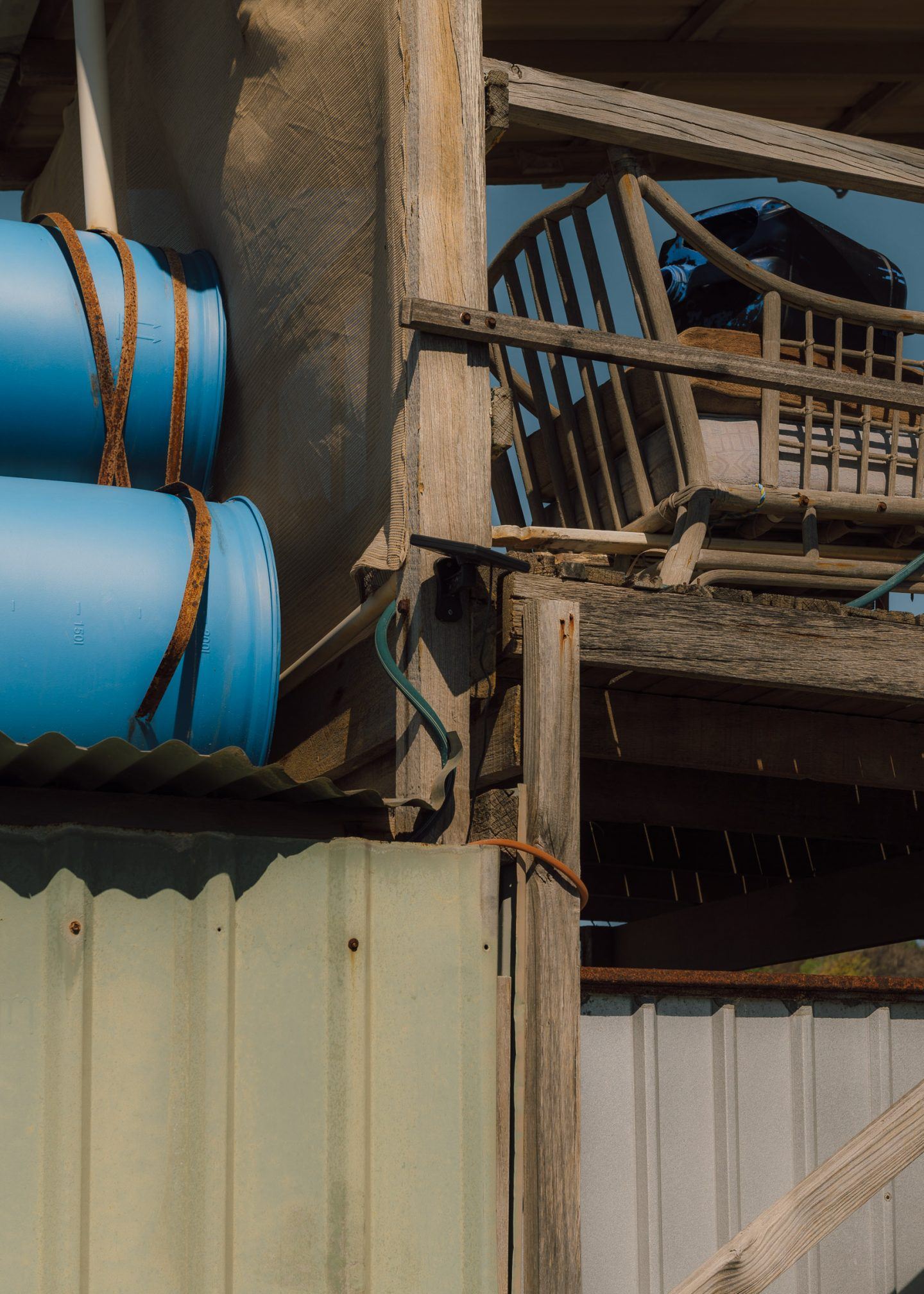
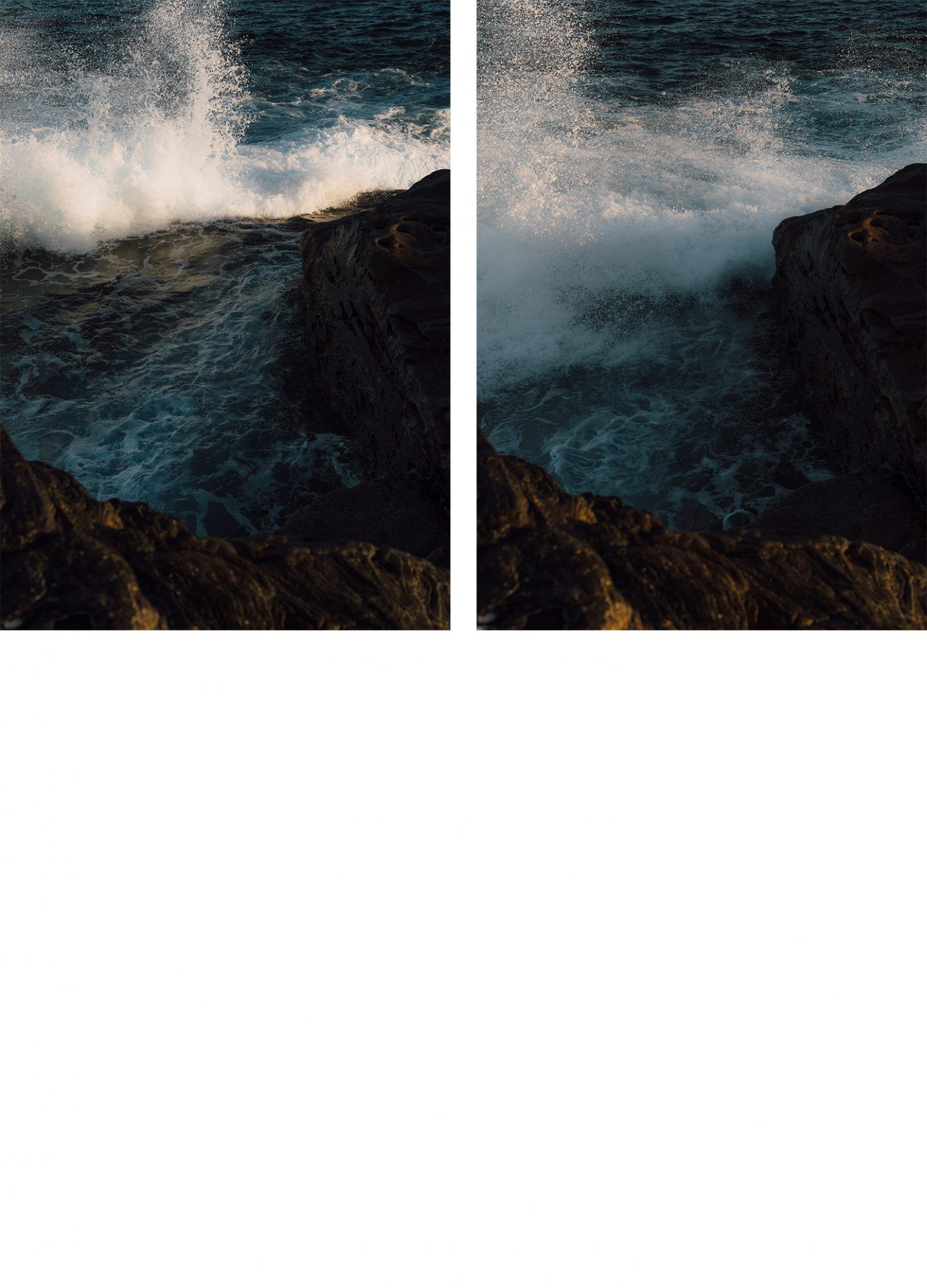
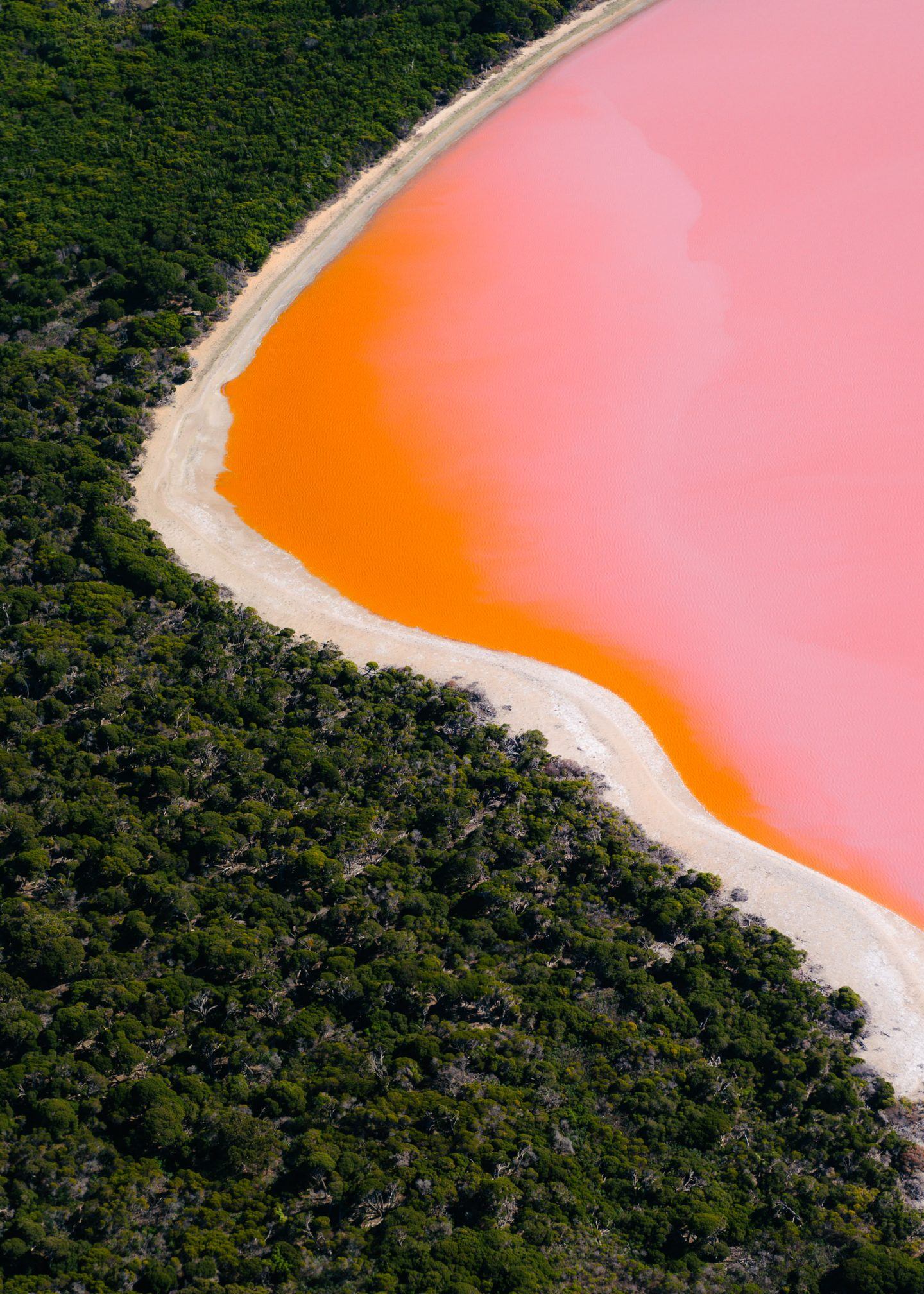
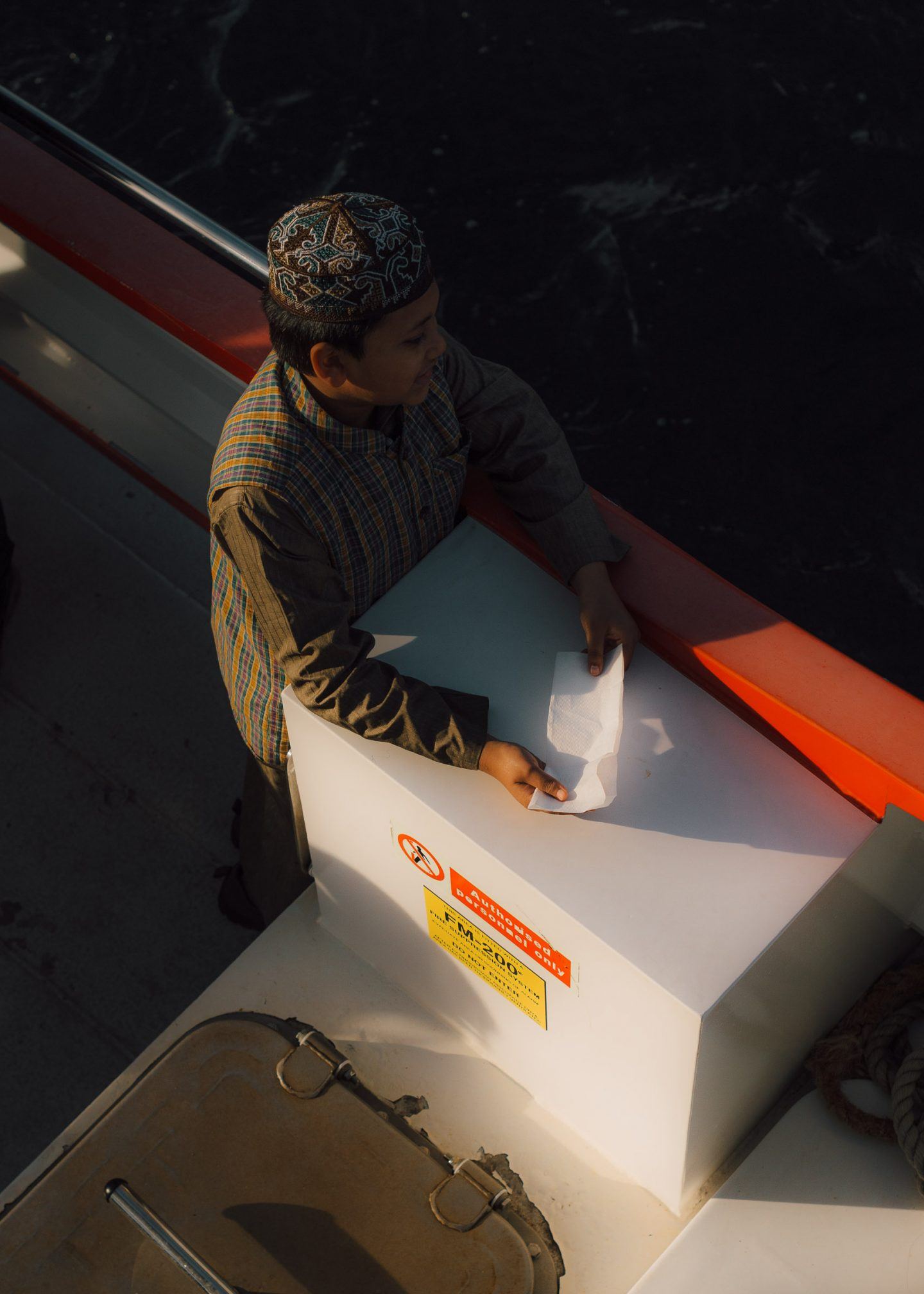
Moving from the seaside suburbs of Sydney, Müller traveled across the country: west to the islands glittering in the sea off the south coast of Western Australia, north to the wilderness of Karijini National Park, and finally to the red center where Uluru stands—the glowing heart of the Central Australian desert. This monumental sandstone mountain, composed predominantly of a sparkling sedimentary rock called arkose, is sacred to the Pitjantjatjara Anangu people—who have asked, for many years, that people not climb it. On the 26th of October this year, Uluru was finally closed to tourists. Unwanted footfall will no longer disturb this place.
Though Müller visited the national park before Uluru had been closed to climbers, there are no people in his images. This absence and the perspective from which the photographs have been taken—from below Uluru, not above—illustrate Müller’s perceptive nature as both a photographer and a person. Such gestures intimate respect for the traditional owners of this ancient land—a people whose sovereignty was never ceded.
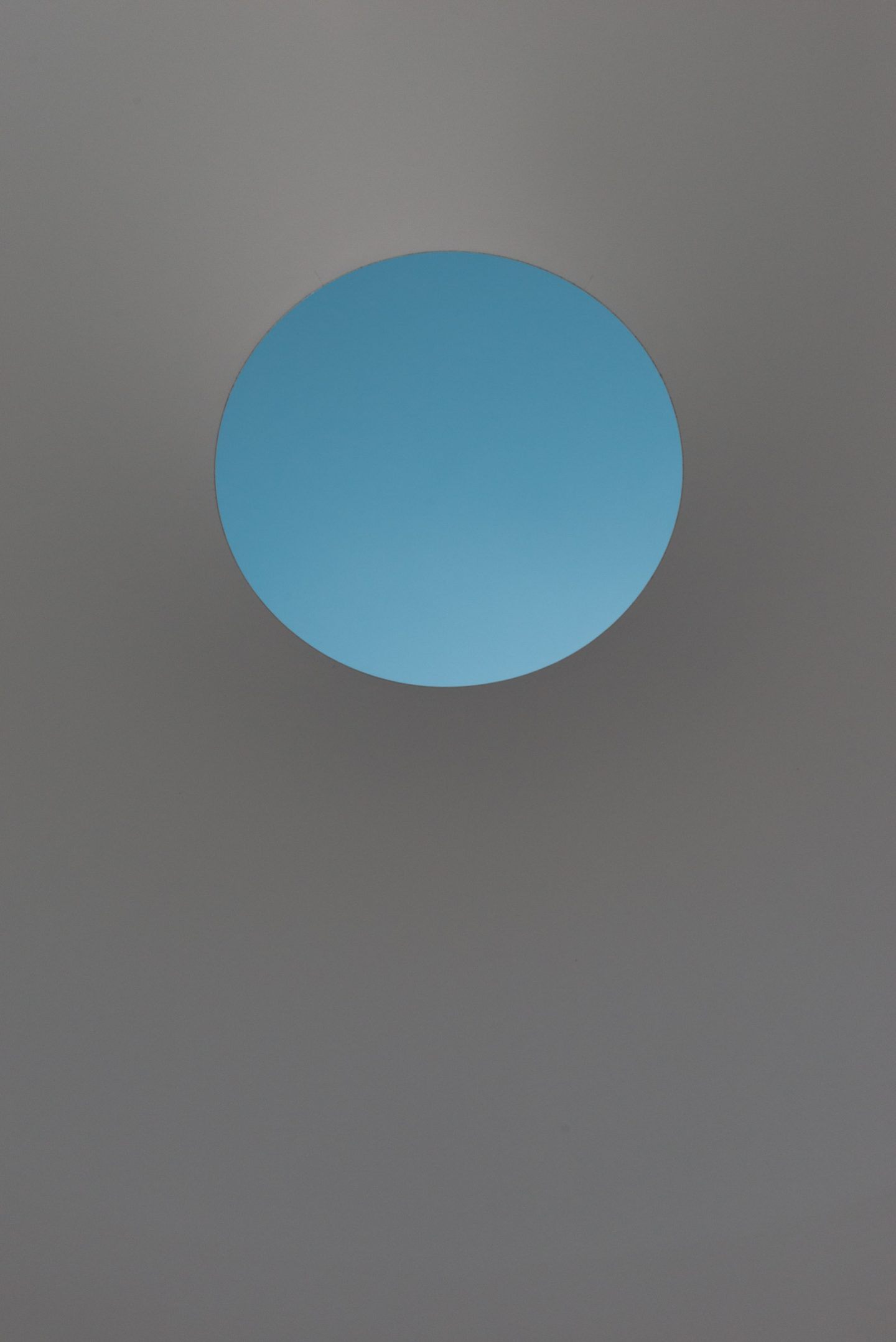
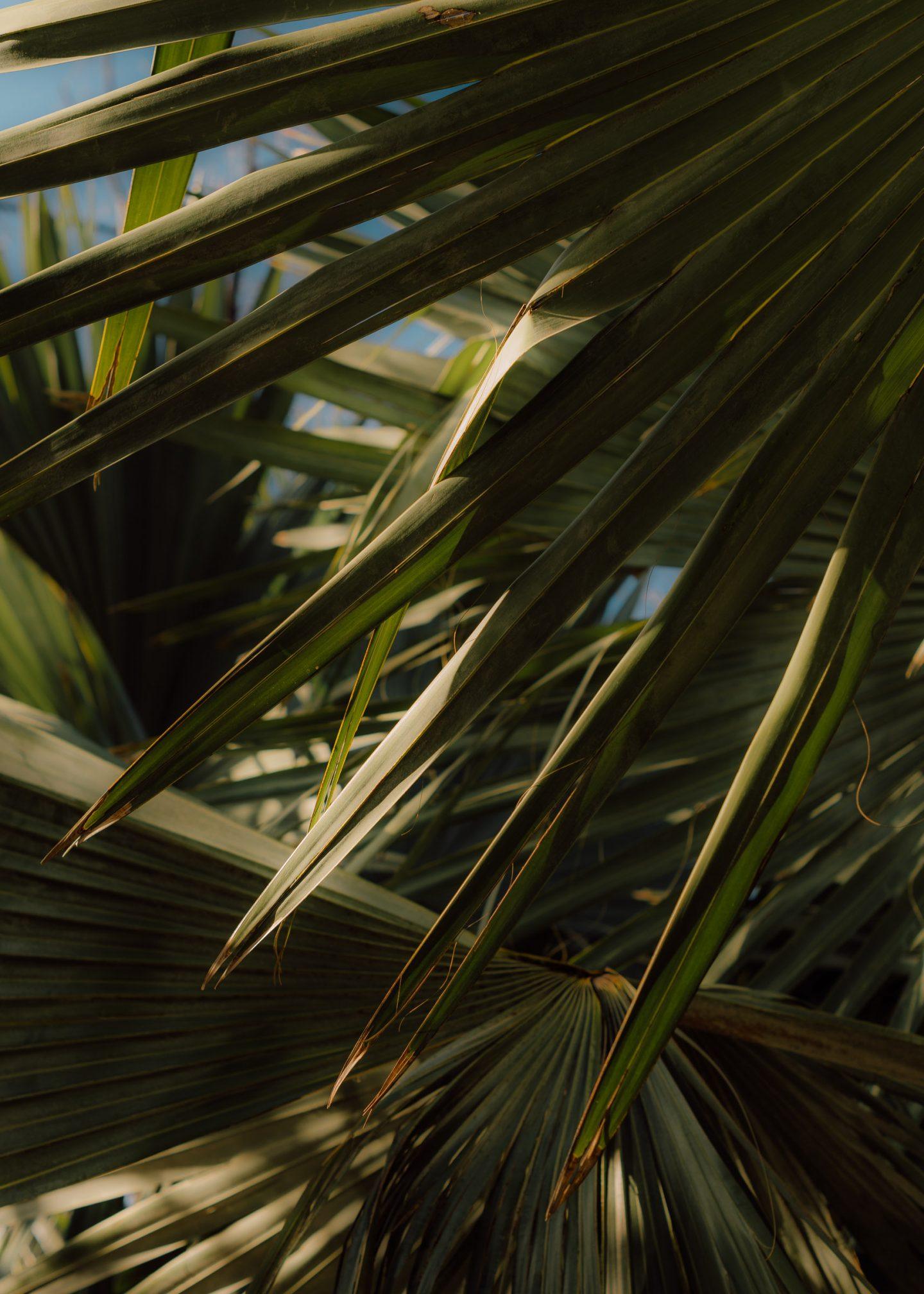
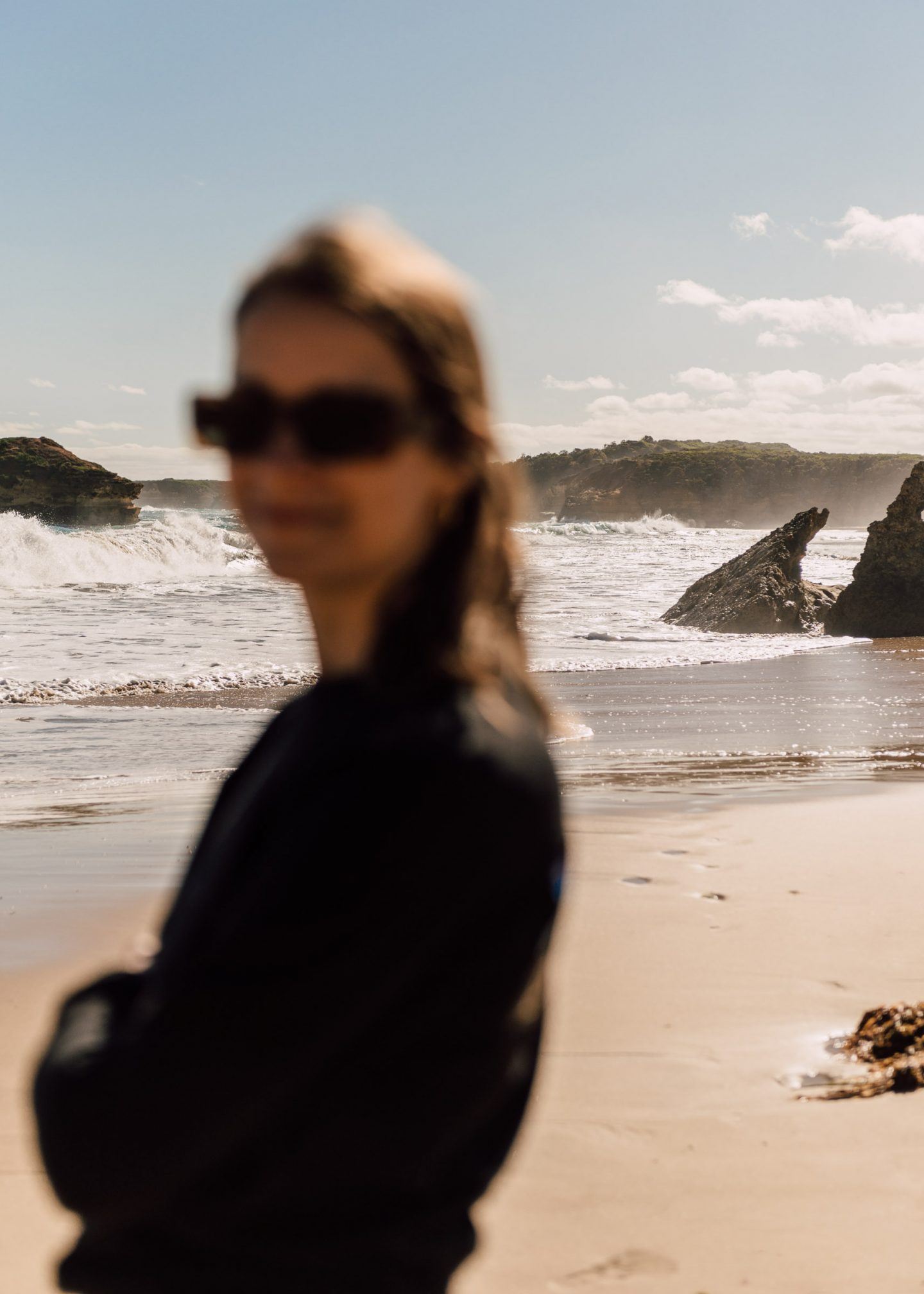

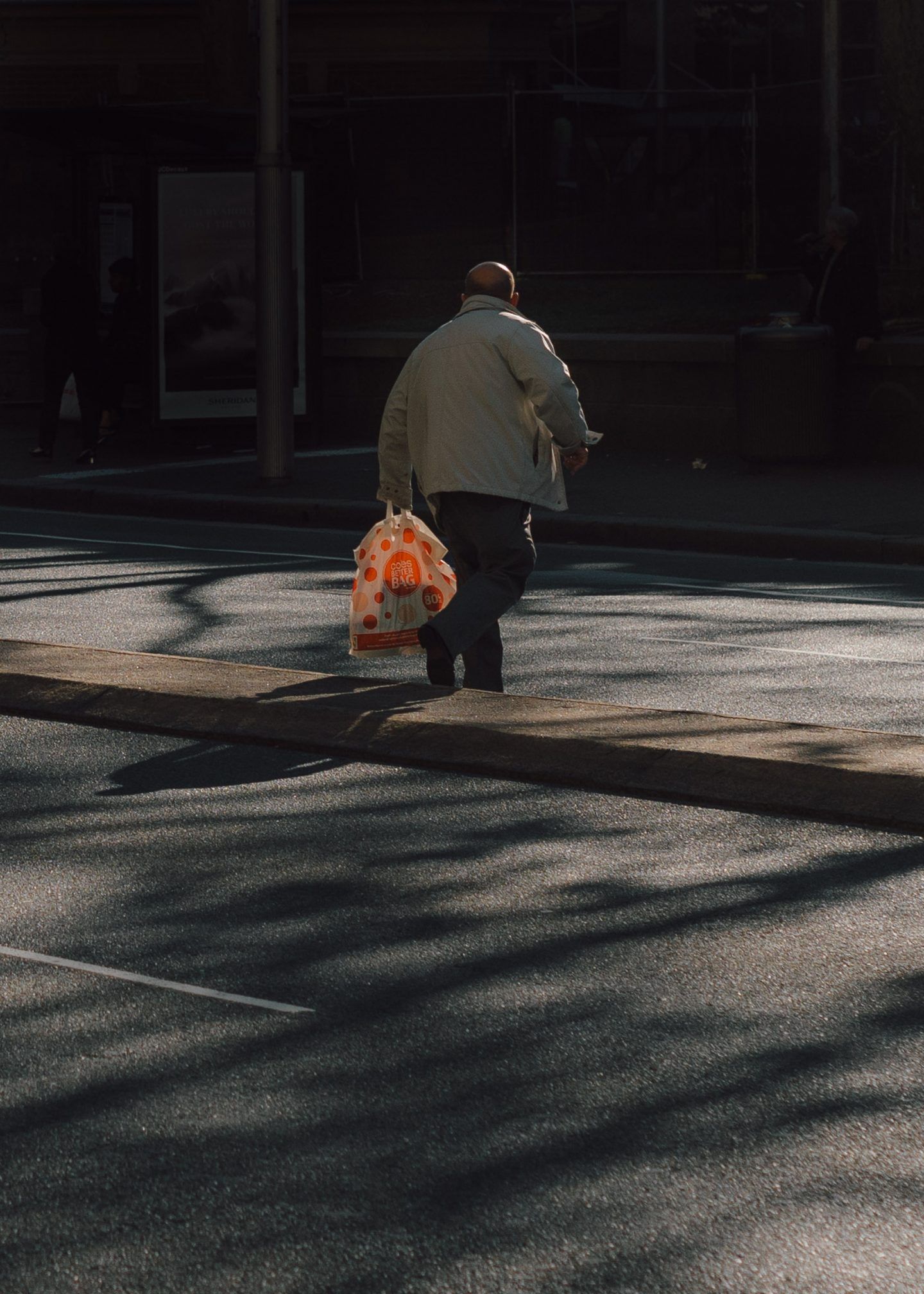
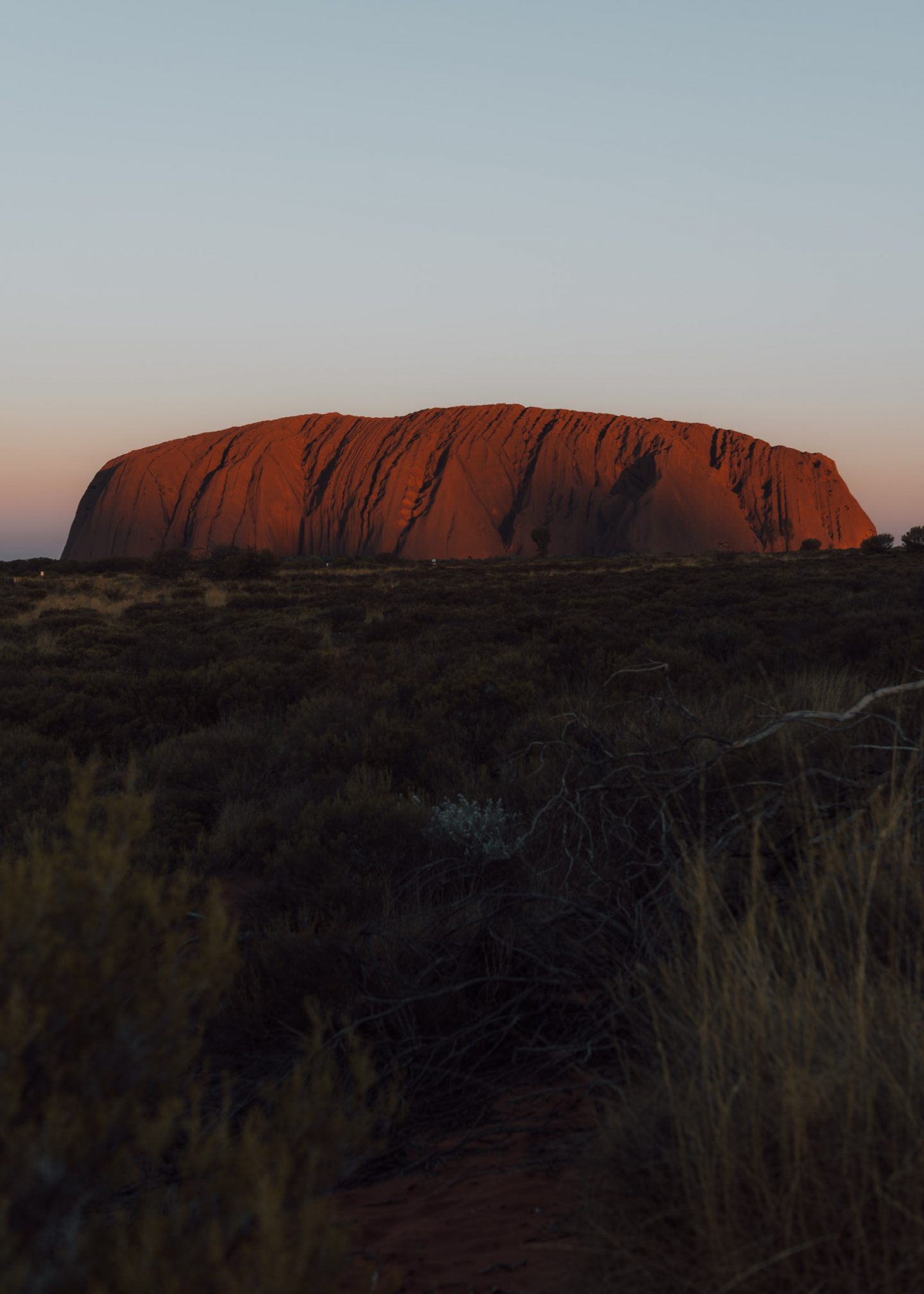
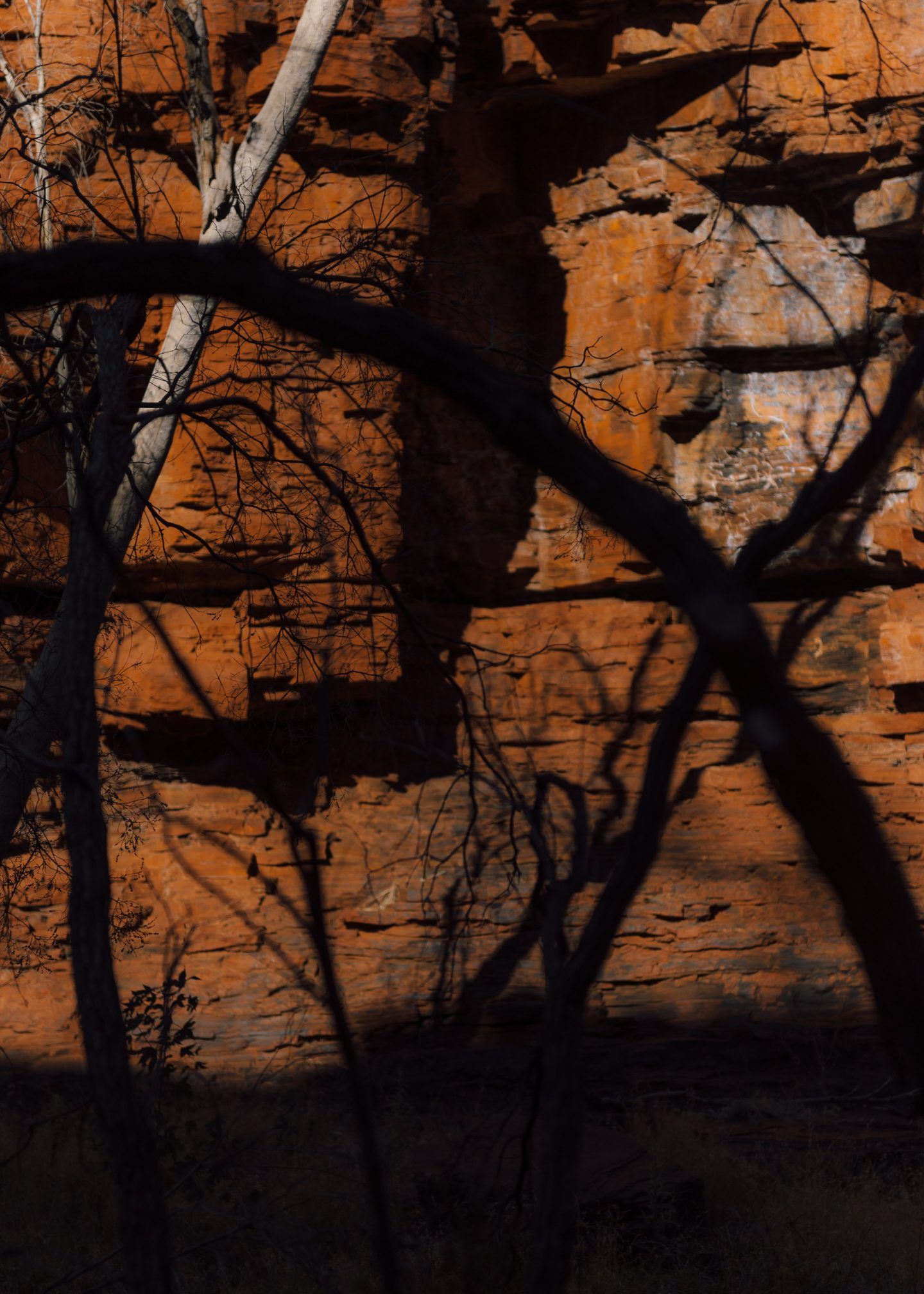
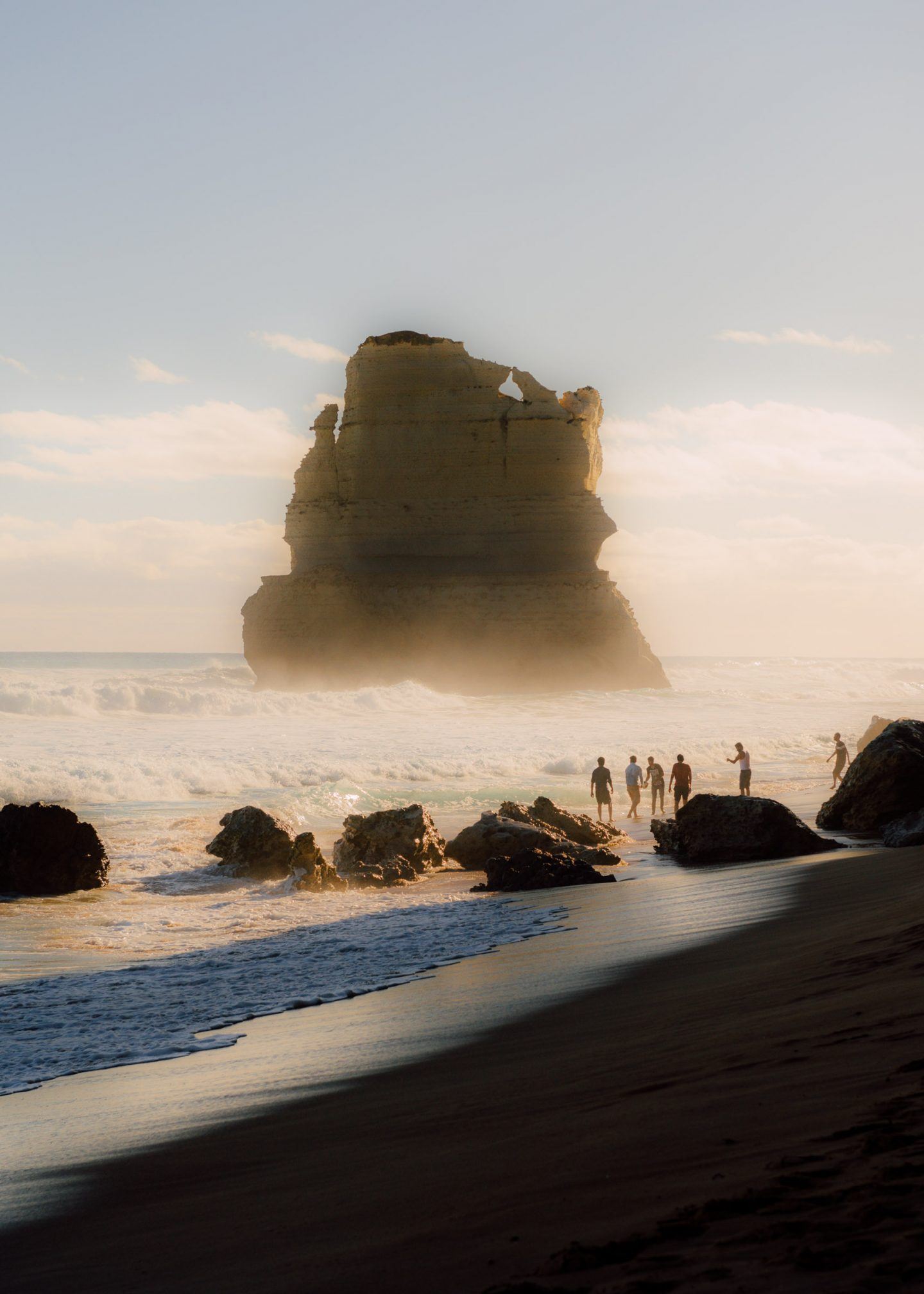
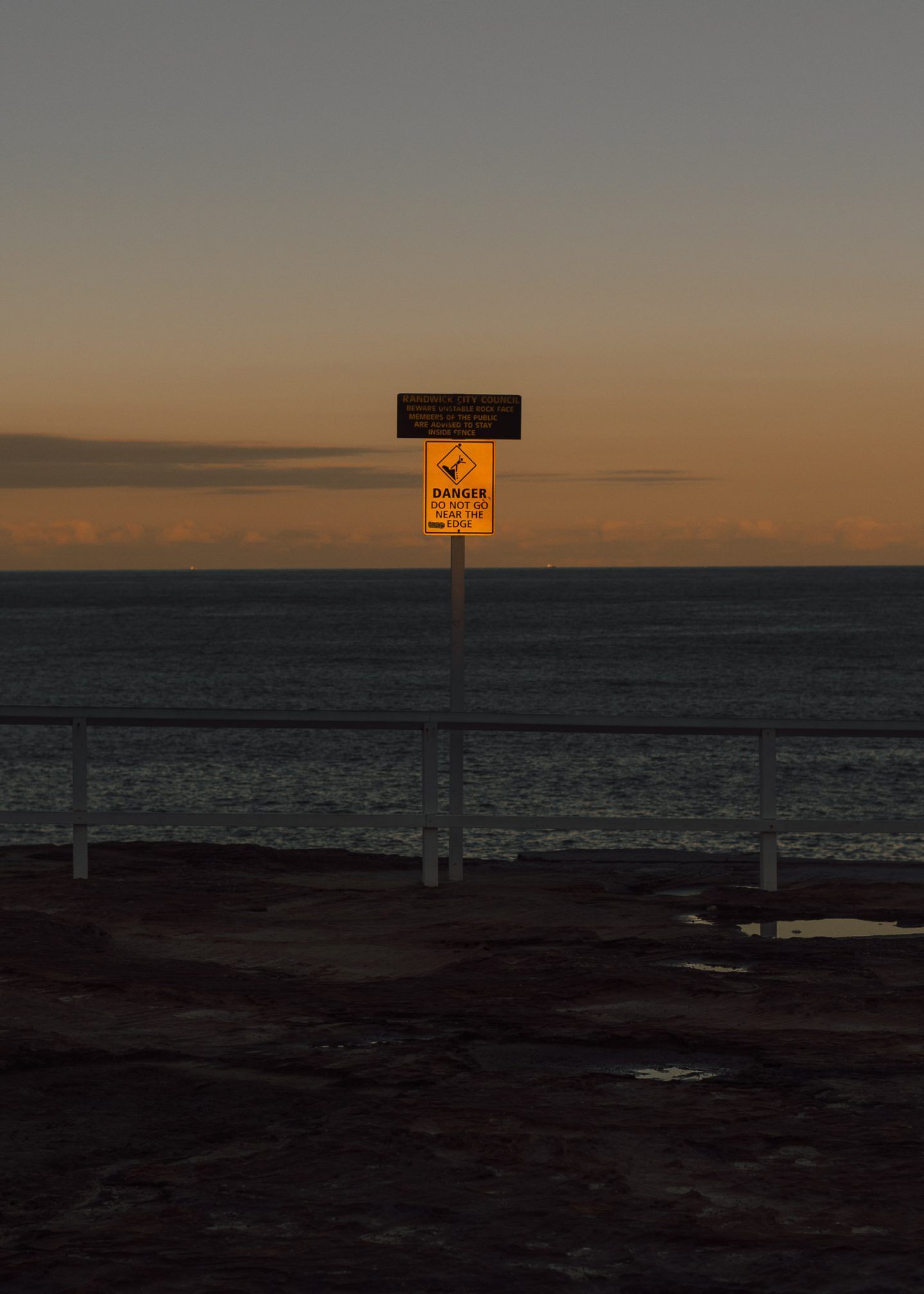
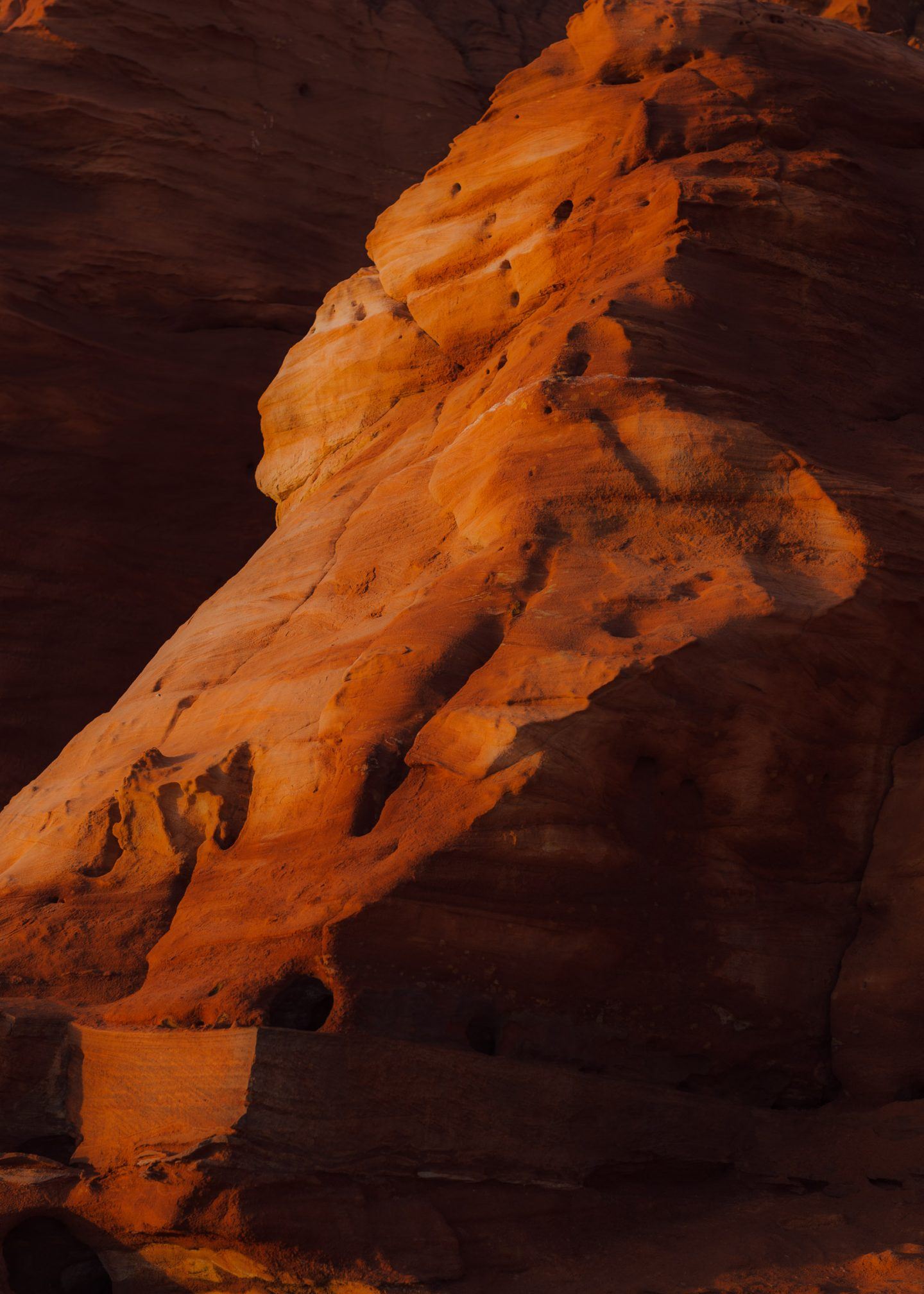
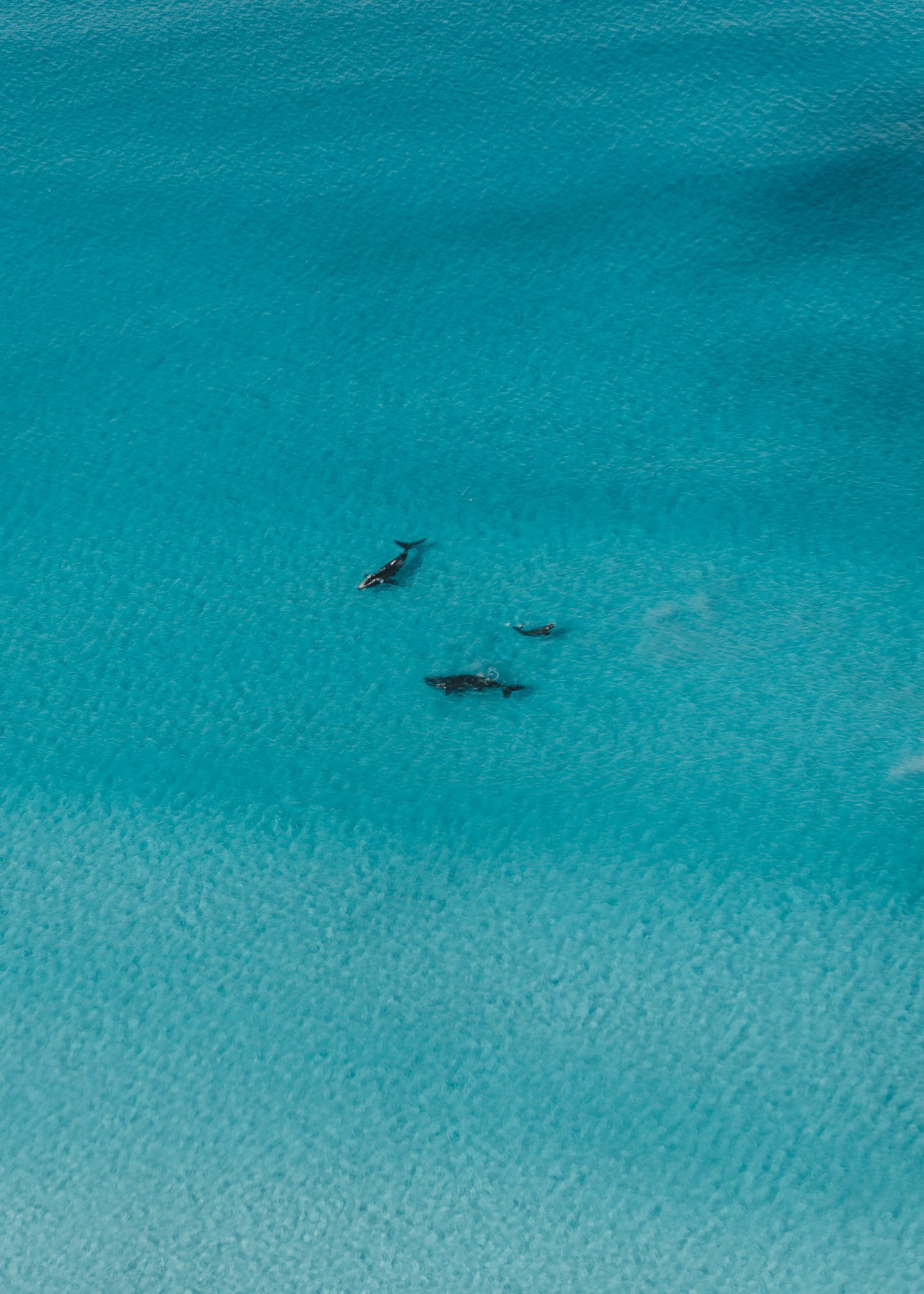
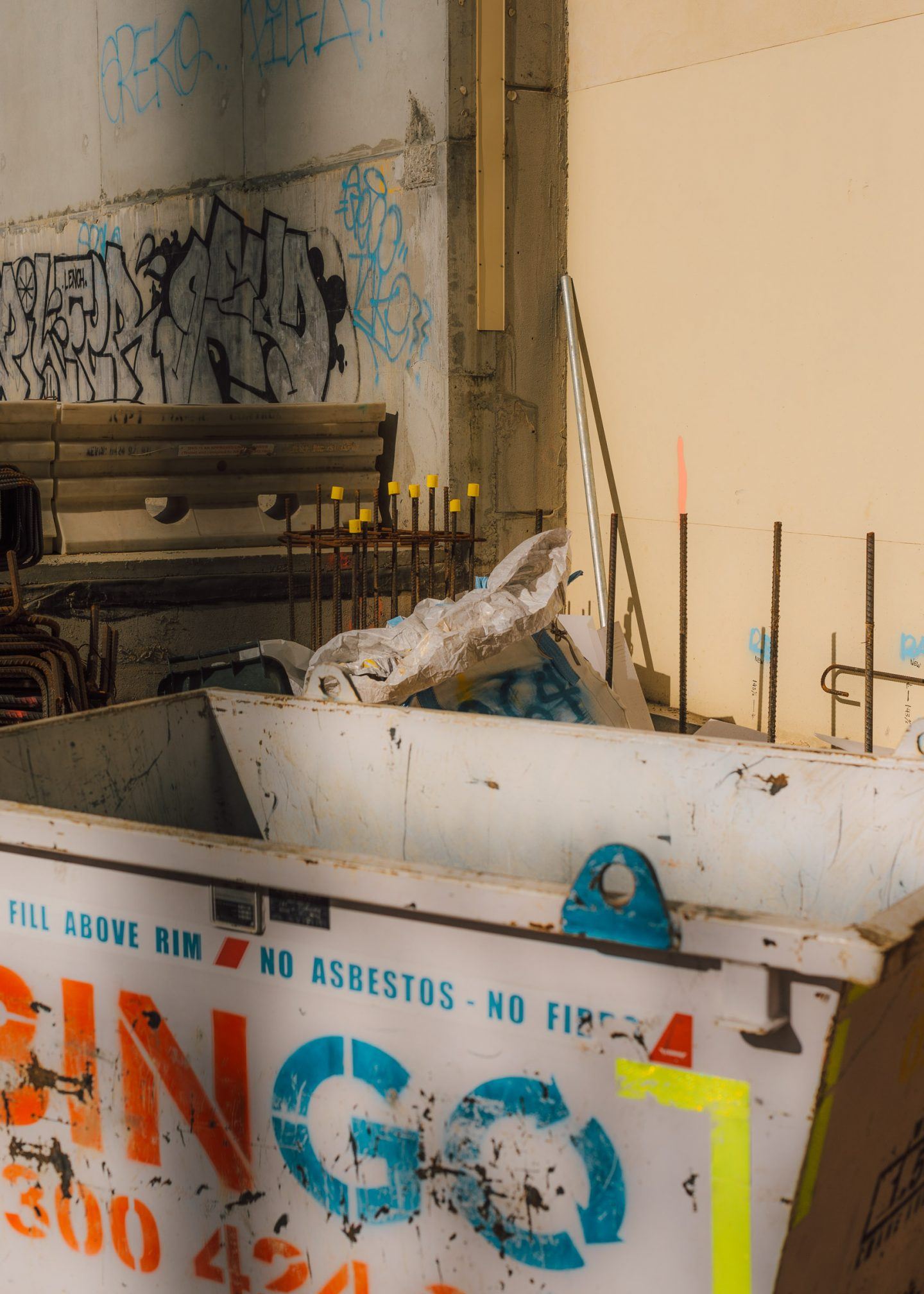
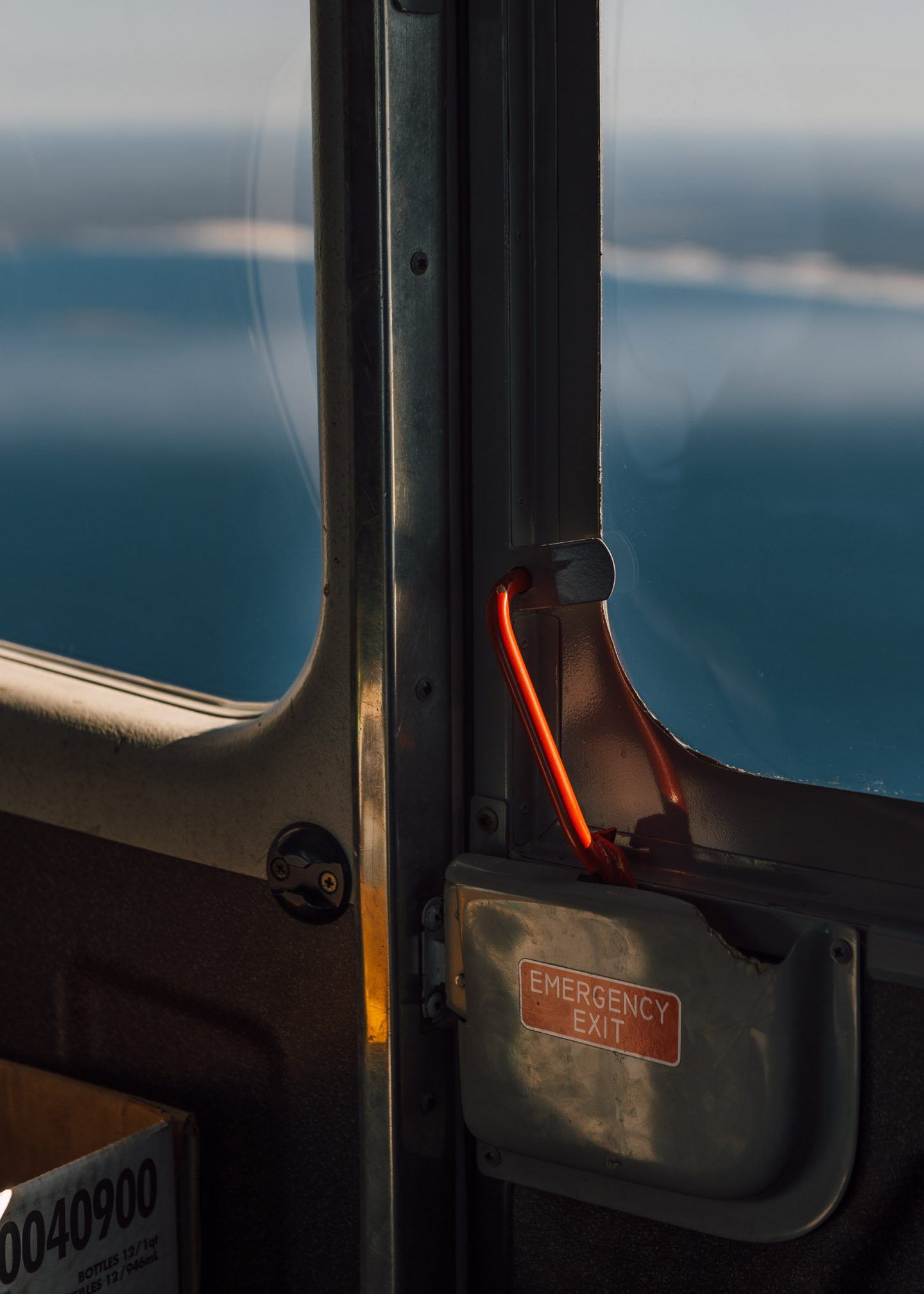
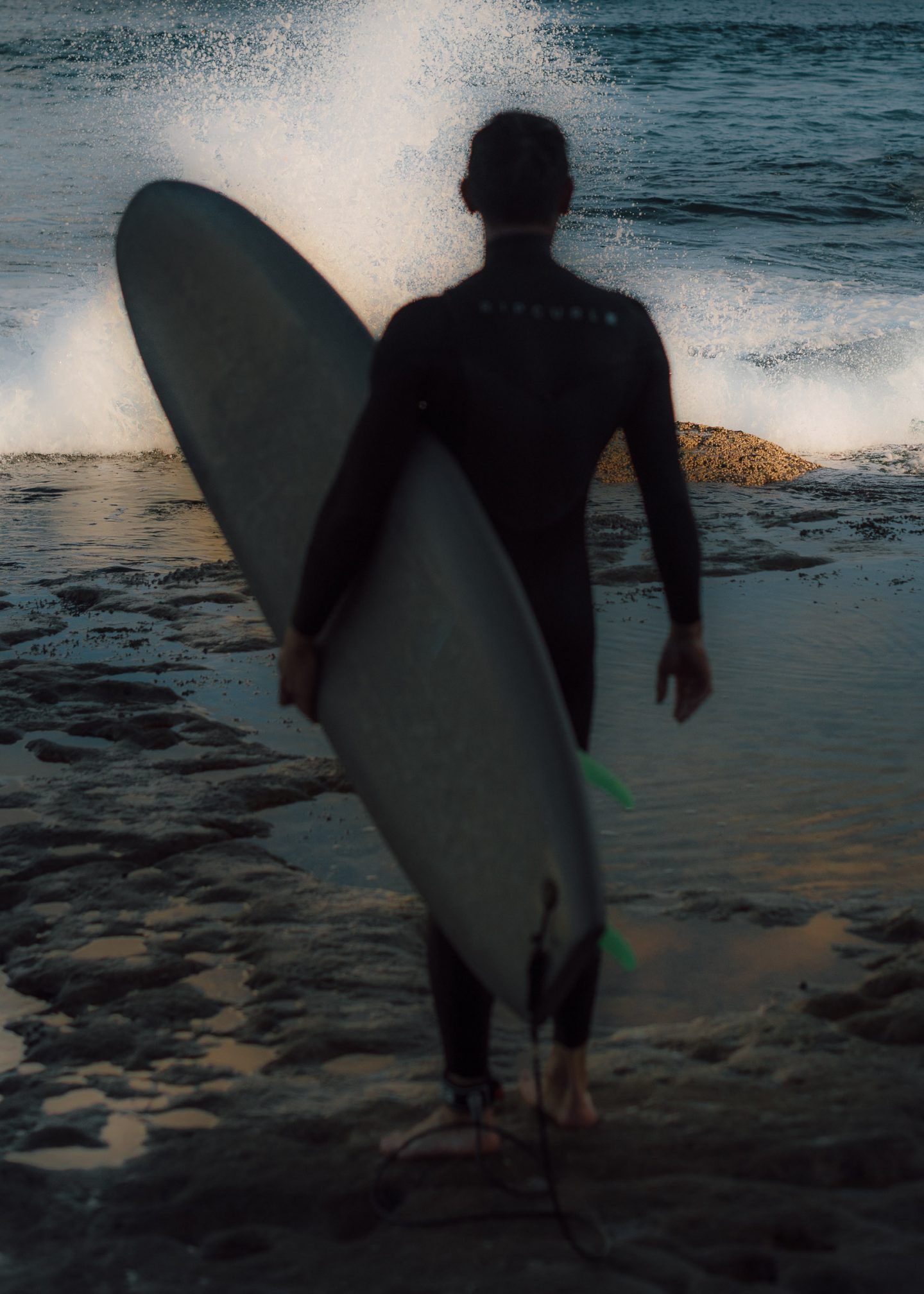
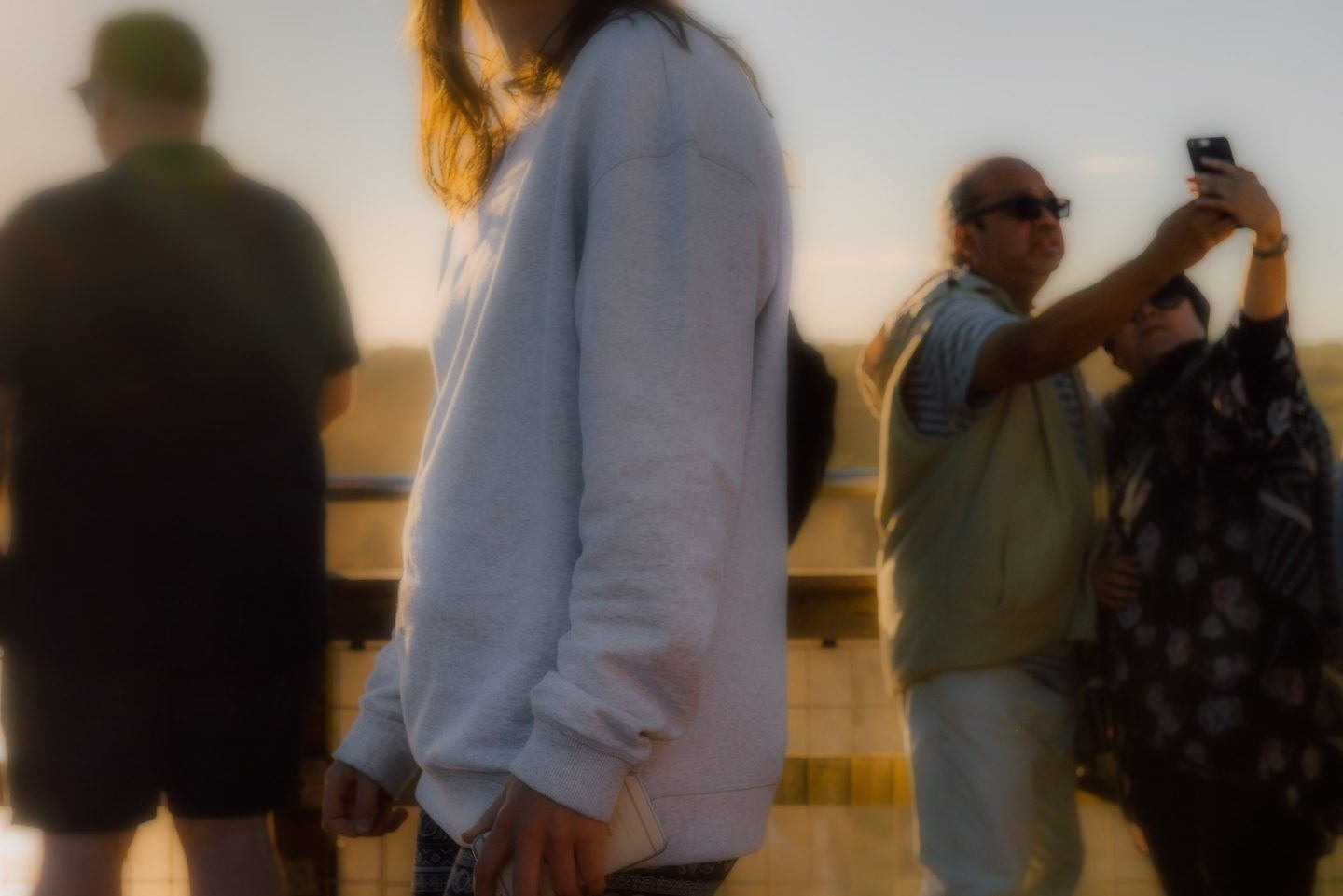
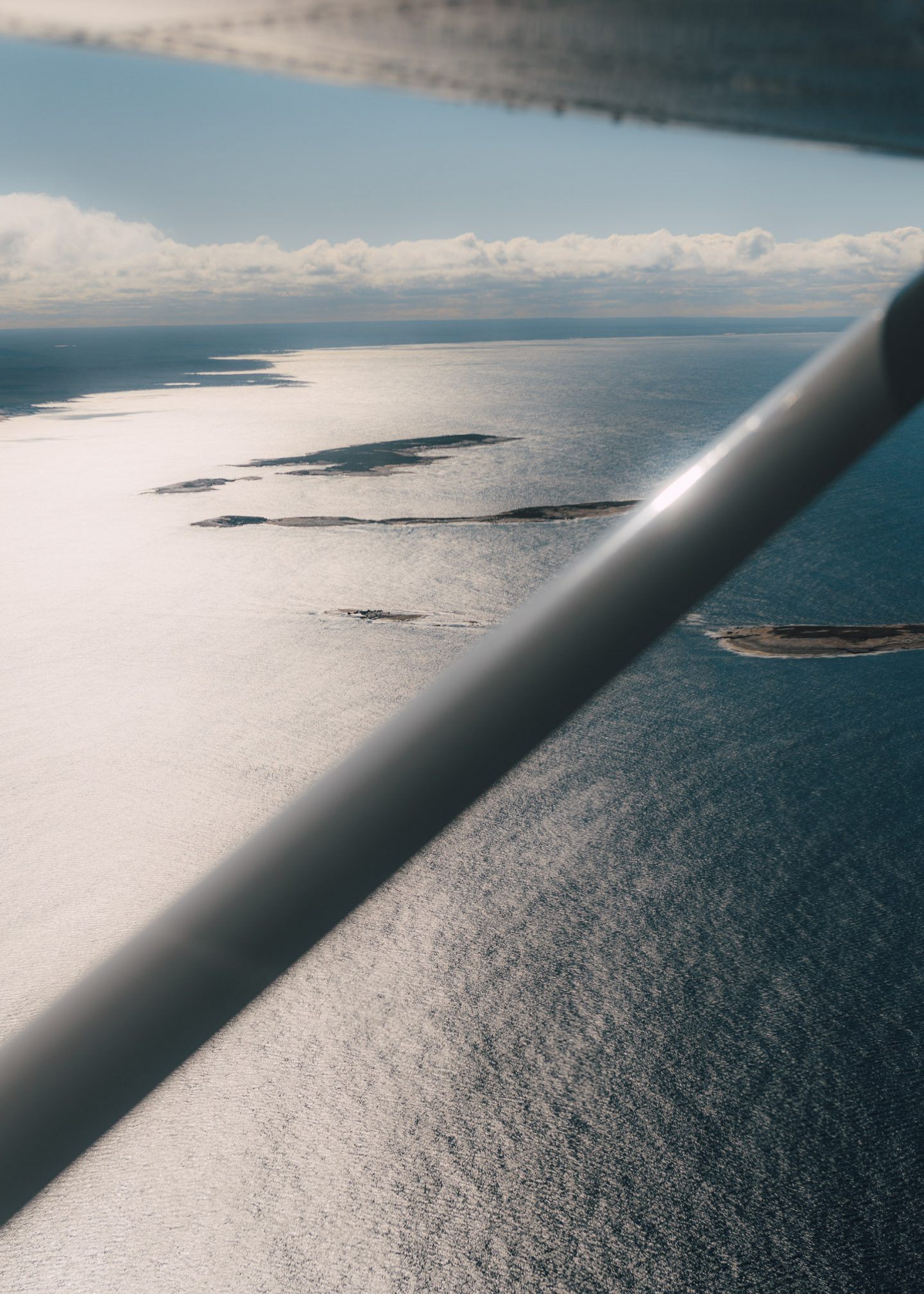
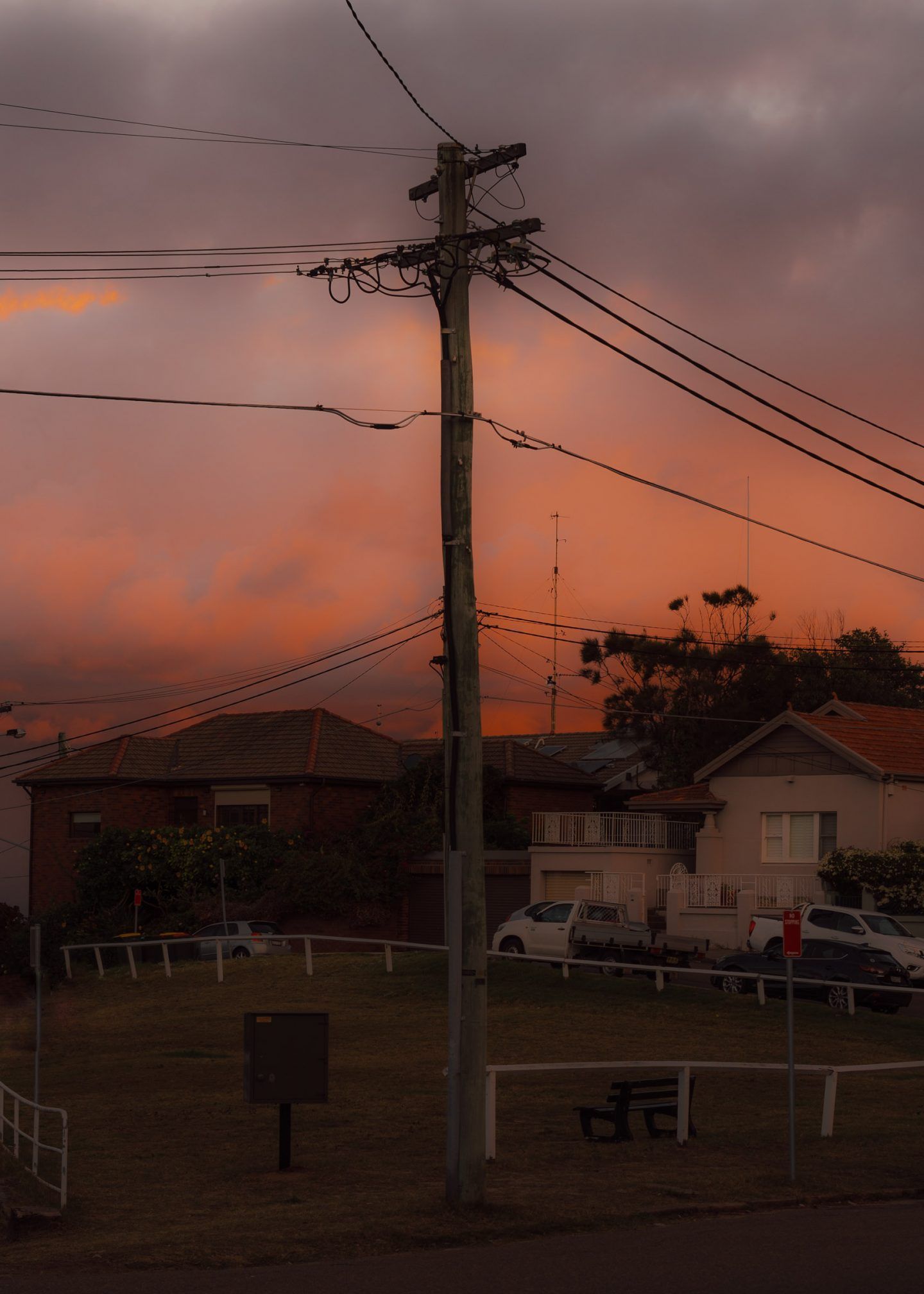
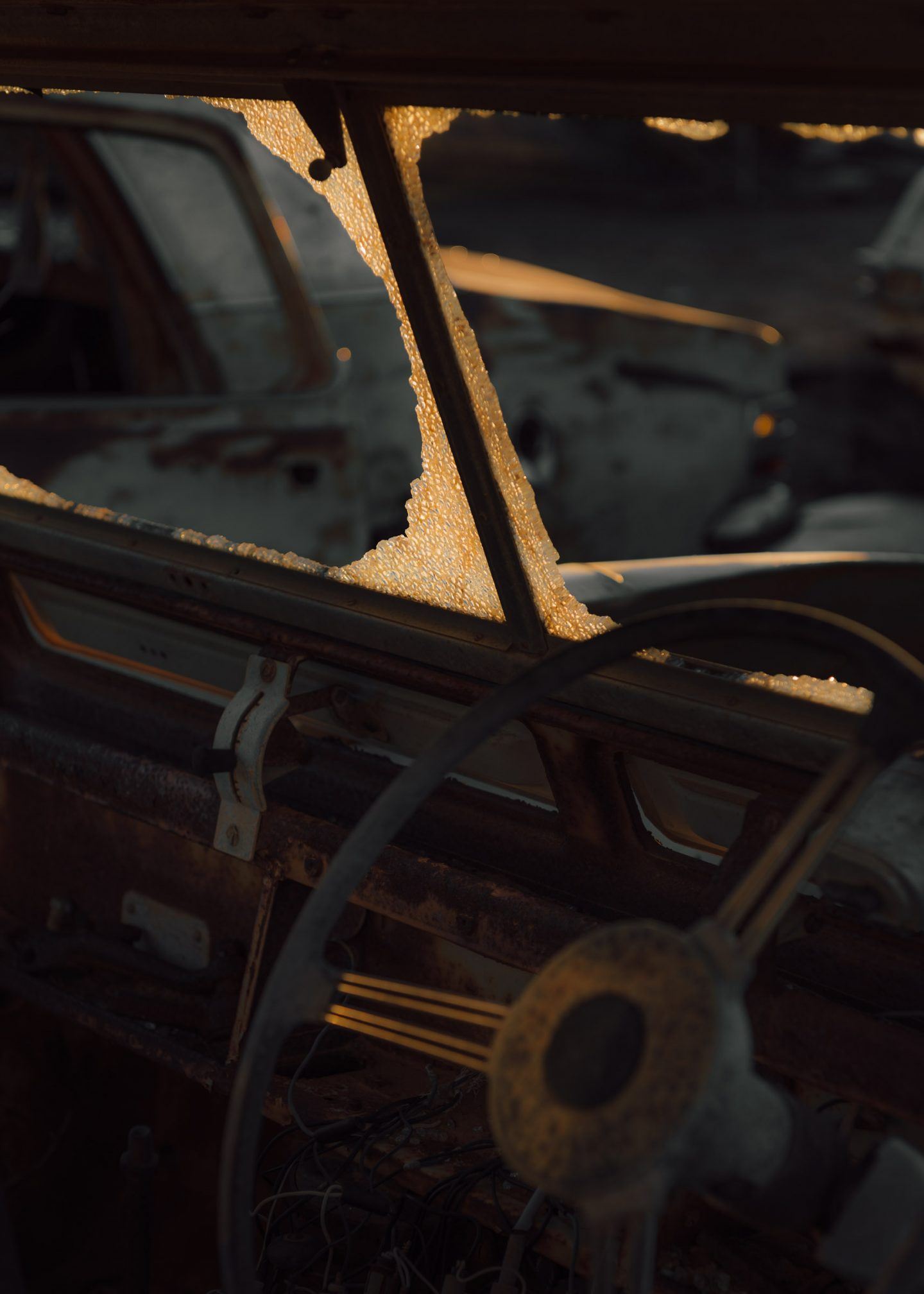
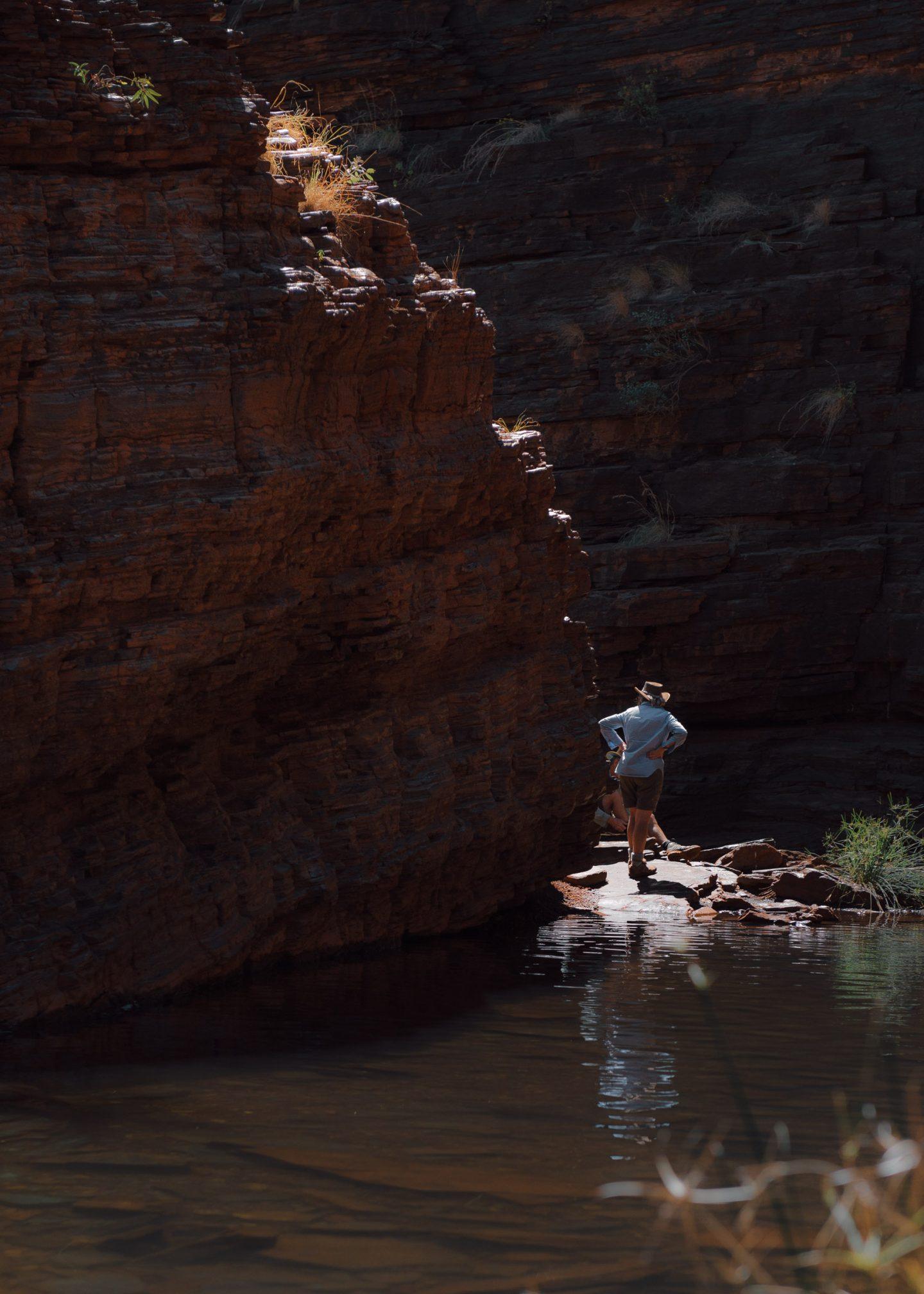
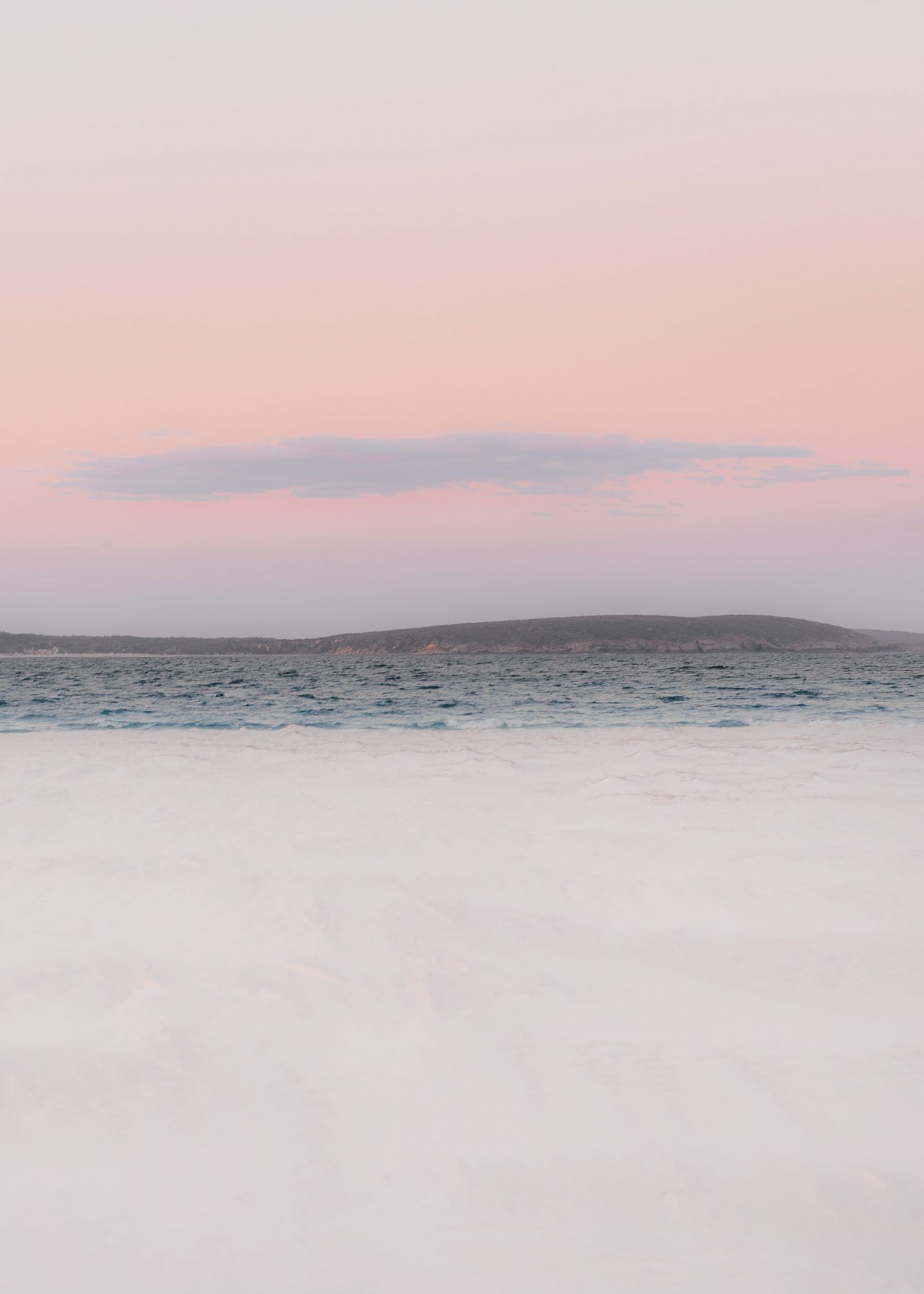
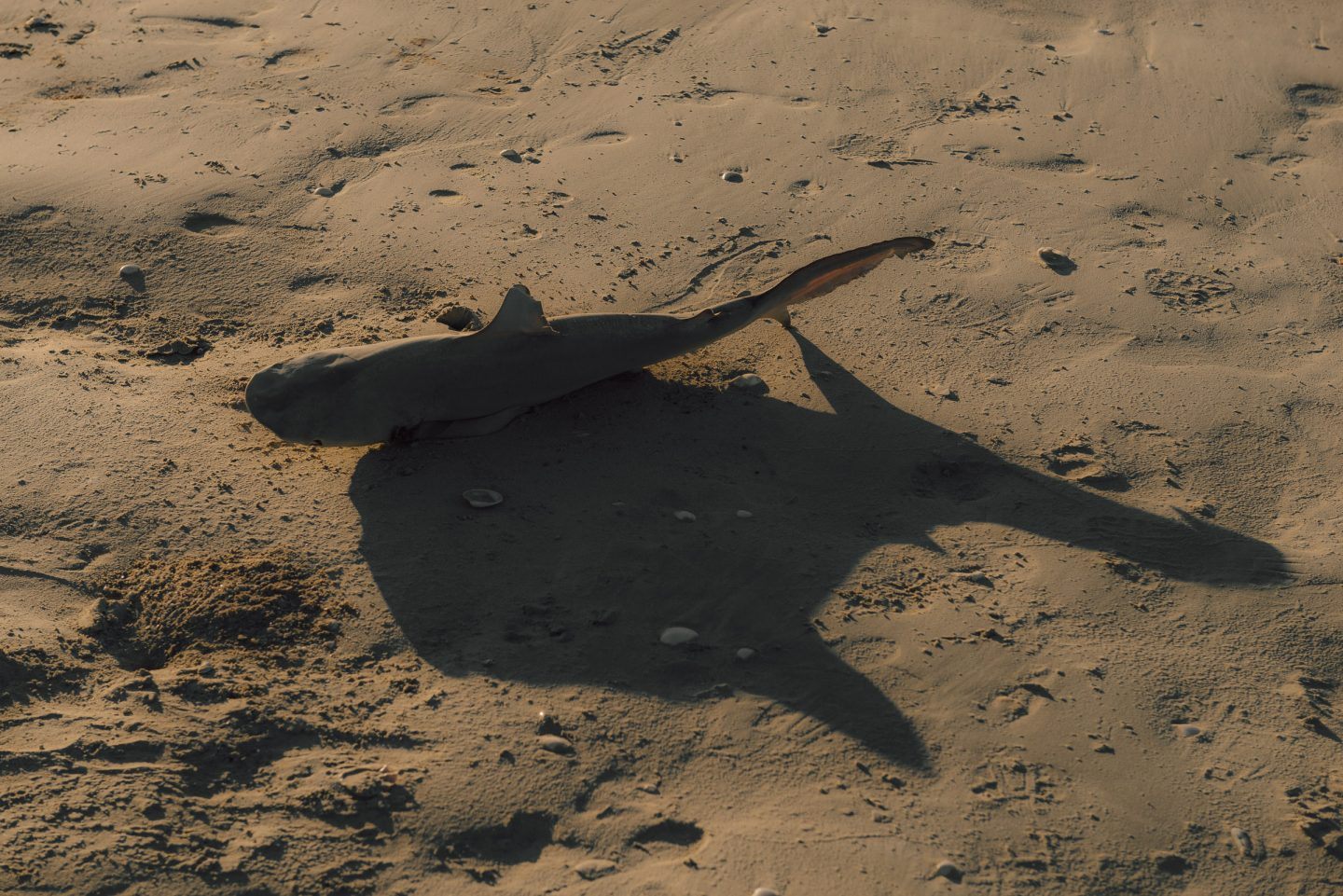
All images © Daniel Müller
